Top 15 Best Places to Visit in London
Top 15 Places to See in London & Things to do in London, Top-Rated Tourist Attractions in London and most visited touristic places; Buckingham Palace, Tower of London, Tower Bridge, The British Museum, Big Ben and Parliament and more sites...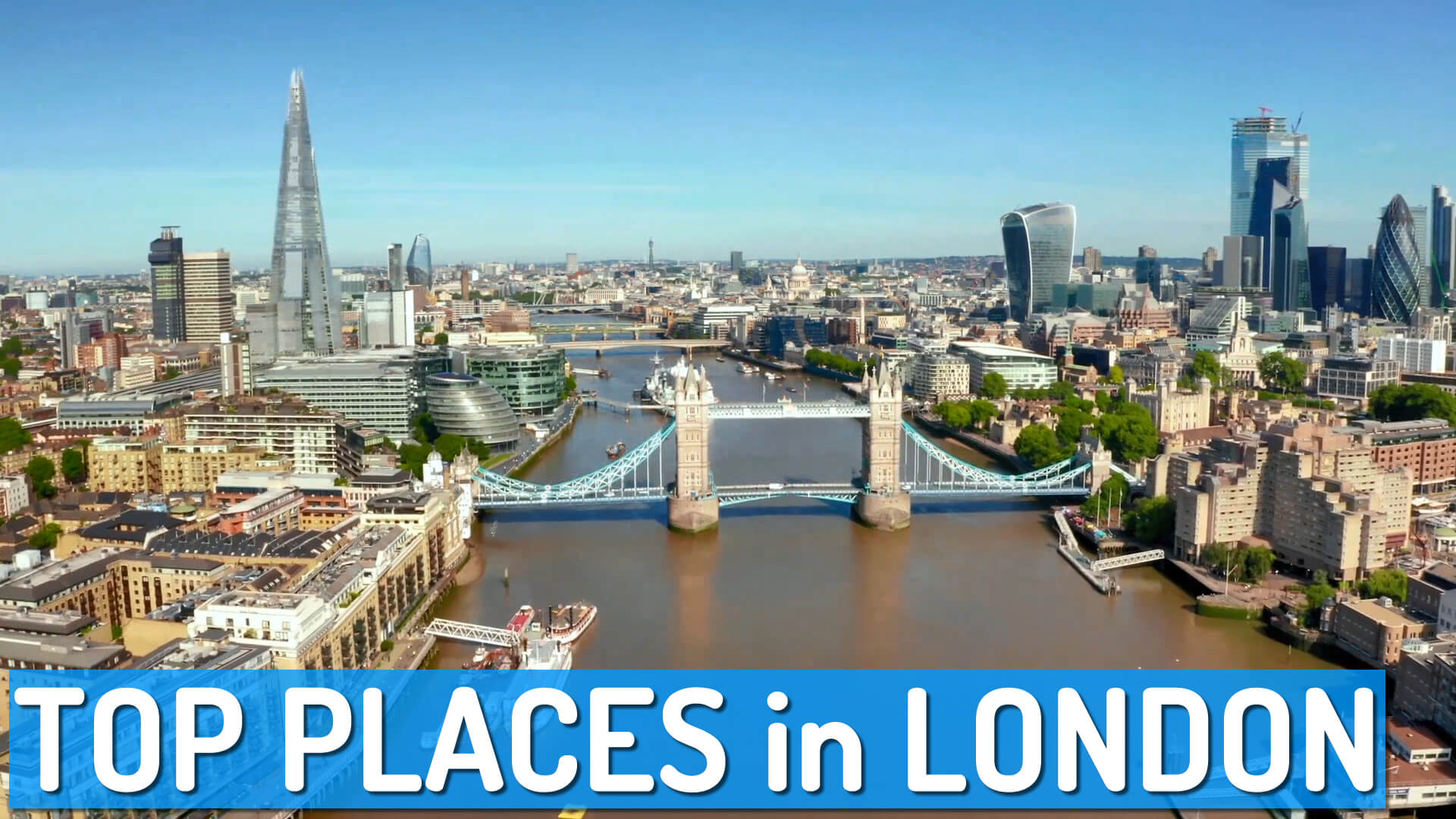
Top 15 Best Places to Visit in London - Youtube Video
Please subscribe on "World Guide" channnel on Youtube at youtube.com/c/WorldGuide
#1 Buckingham Palace
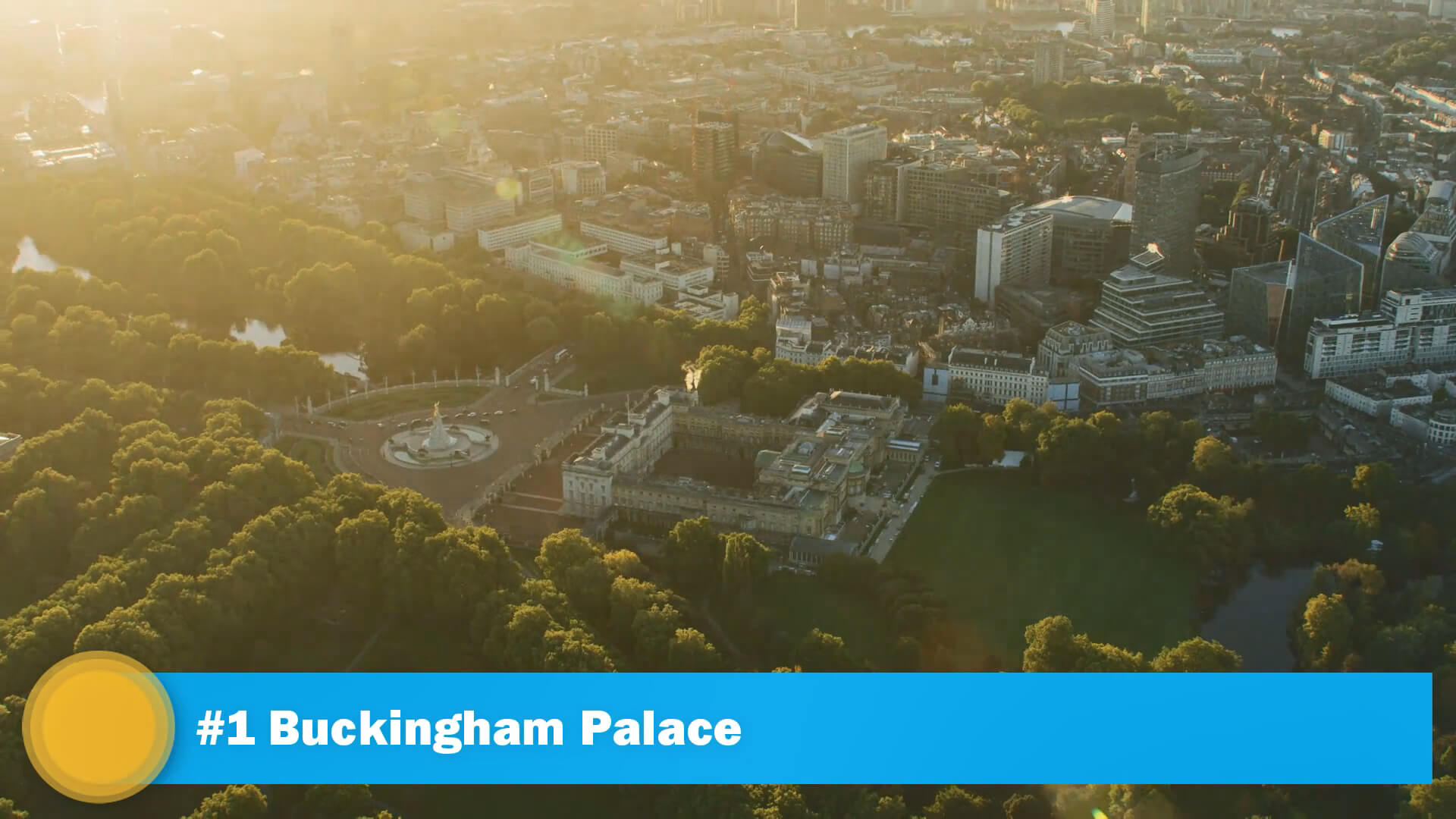
Buckingham Palace was opened in 1705.
Buckingham Palace is the London residence and administrative headquarters of the monarch of the United Kingdom. Located in the City of Westminster, the palace is often at the centre of state occasions and royal hospitality. It has been a focal point for the British people at times of national rejoicing and mourning.Originally known as Buckingham House, the building at the core of today's palace was a large townhouse built for the Duke of Buckingham in 1703 on a site that had been in private ownership for at least 150 years. It was acquired by King George III in 1761 as a private residence for Queen Charlotte and became known as The Queen's House. During the 19th century it was enlarged, principally by architects John Nash and Edward Blore, who constructed three wings around a central courtyard. Buckingham Palace became the London residence of the British monarch on the accession of Queen Victoria in 1837.
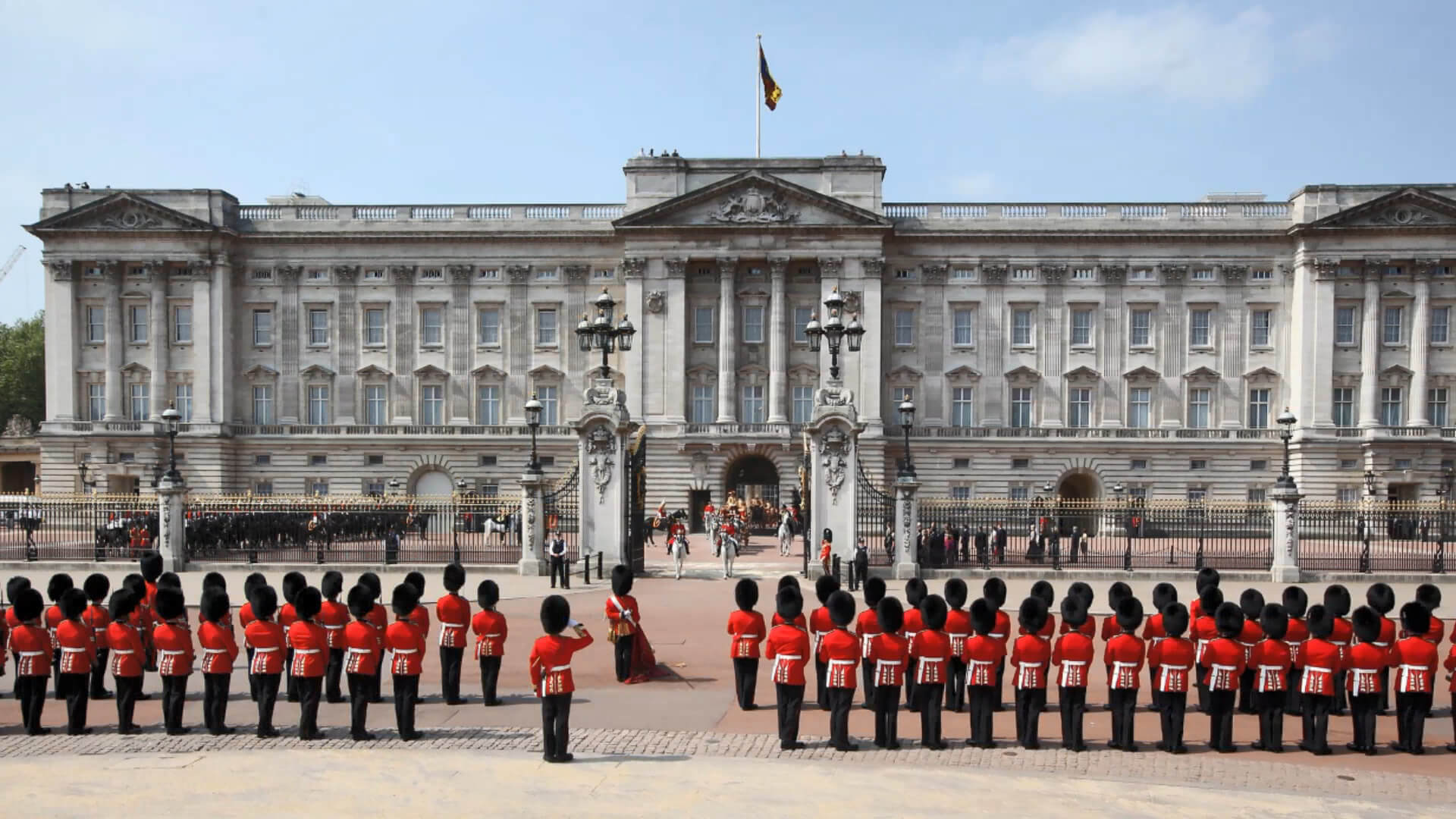
Buckingham Palace was opened in 1705.
- Address: London SW1A 1AA, United Kingdom
- Opening Hours:
- Phone: +44 303 123 7300
- Construction started: 1703
- Architects: John Nash, William Winde, Thomas Cubitt, Edward Blore, Aston Webb
- Opened: 1705
- Architectural style: Neoclassical architecture
- Floor space: 77,000 m²
- Height: 24 m
- Floors: 5
Aerial view of Buckingham Palace

#2 Tower of London

Tower of London was built in 1078
The Tower of London, officially Her Majesty's Royal Palace and Fortress of the Tower of London, is a historic castle on the north bank of the River Thames in central London. It lies within the London Borough of Tower Hamlets, which is separated from the eastern edge of the square mile of the City of London by the open space known as Tower Hill. It was founded towards the end of 1066 as part of the Norman Conquest.The White Tower, which gives the entire castle its name, was built by William the Conqueror in 1078 and was a resented symbol of oppression, inflicted upon London by the new ruling elite. The castle was also used as a prison from 1100 (Ranulf Flambard) until 1952 (Kray twins), although that was not its primary purpose. A grand palace early in its history, it served as a royal residence. As a whole, the Tower is a complex of several buildings set within two concentric rings of defensive walls and a moat. There were several phases of expansion, mainly under kings Richard I, Henry III, and Edward I in the 12th and 13th centuries. The general layout established by the late 13th century remains despite later activity on the site.
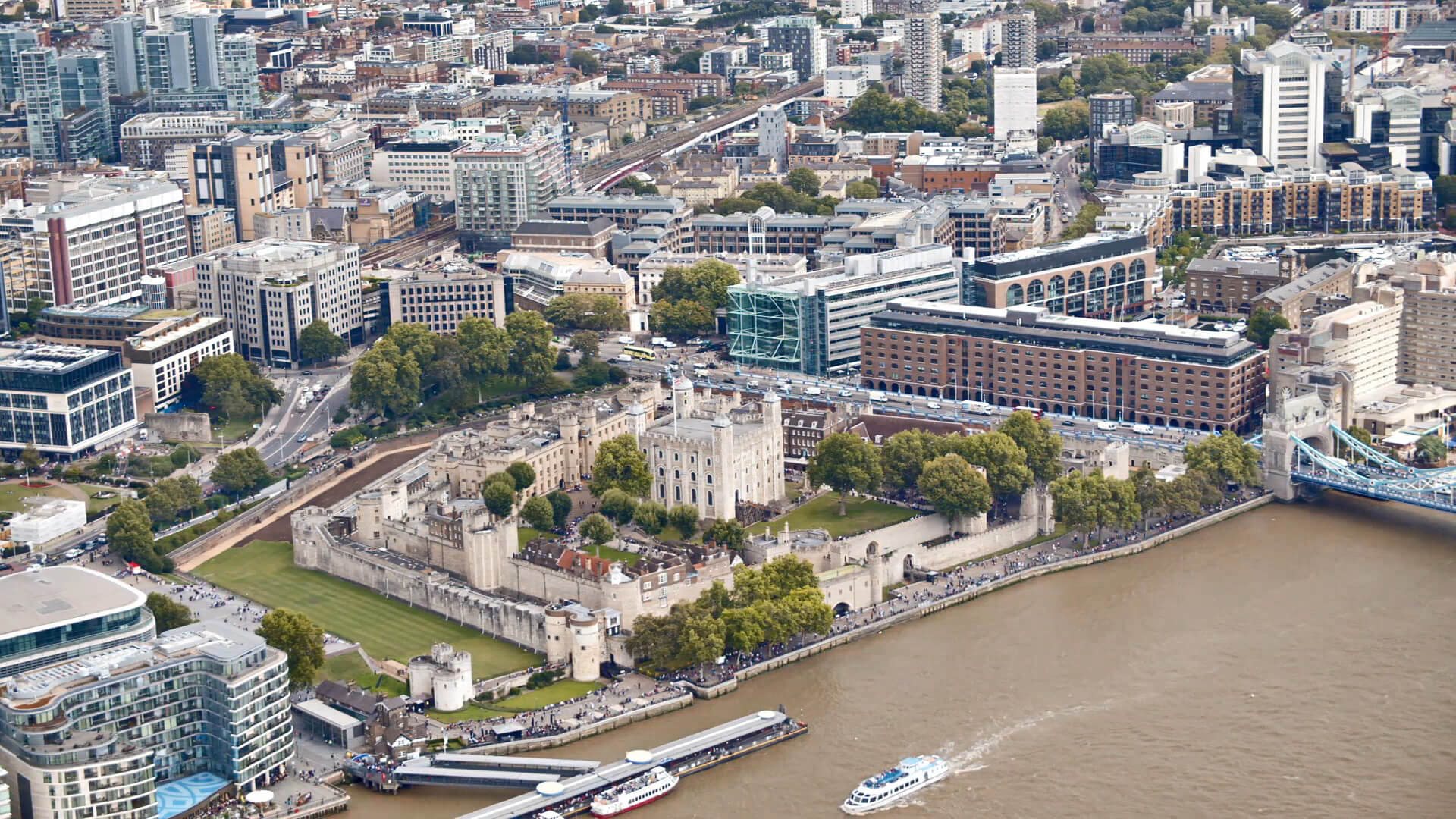
- Address: London EC3N 4AB, United Kingdom
- Opening Hours: 9AM–5:30PM
- Phone: +44 20 3166 6000
- London borough: London Borough of Tower Hamlets
- Number of visitors: 2,858,336
- Built: White Tower: 1078; Inner Ward: 1190s; Re-built: 1285; Wharf expansion: 1377–1399
- Designated as world heritage site: 1988 (12th session)
- Height: 27 metres (89 ft)
- UNESCO Site Id: 488
The Tower of London's outer curtain wall

#3 Tower Bridge
Tower Bridge was opened in 1705
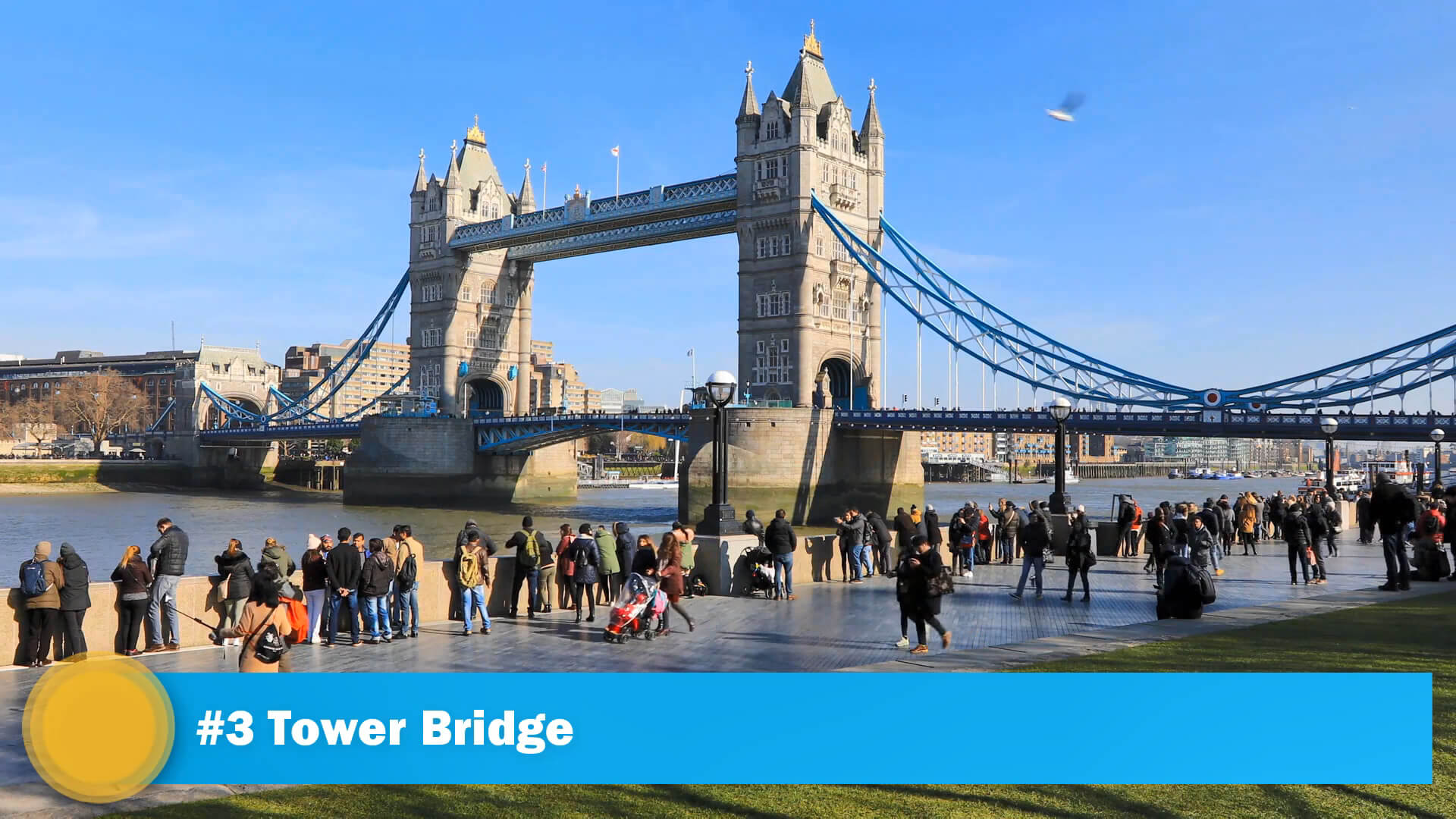 Tower Bridge is a Grade I listed combined bascule and suspension bridge in London, built between 1886 and 1894, designed by Horace Jones and engineered by John Wolfe Barry. The bridge crosses the River Thames close to the Tower of London and is one of five London bridges owned and maintained by the Bridge House Estates, a charitable trust founded in 1282. The bridge was constructed to give better access to the East End of London, which had expanded its commercial potential in the 19th century. The bridge was opened by Edward, Prince of Wales and Alexandra, Princess of Wales in 1894.
Tower Bridge is a Grade I listed combined bascule and suspension bridge in London, built between 1886 and 1894, designed by Horace Jones and engineered by John Wolfe Barry. The bridge crosses the River Thames close to the Tower of London and is one of five London bridges owned and maintained by the Bridge House Estates, a charitable trust founded in 1282. The bridge was constructed to give better access to the East End of London, which had expanded its commercial potential in the 19th century. The bridge was opened by Edward, Prince of Wales and Alexandra, Princess of Wales in 1894. The bridge is 800 feet (240 m) in length and consists of two 213-foot (65 m) bridge towers connected at the upper level by two horizontal walkways, and a central pair of bascules that can open to allow shipping. Originally hydraulically powered, the operating mechanism was converted to an electro-hydraulic system in 1972. The bridge is part of the London Inner Ring Road and thus the boundary of the London congestion charge zone, and remains an important traffic route with 40,000 crossings every day. The bridge deck is freely accessible to both vehicles and pedestrians, whereas the bridge's twin towers, high-level walkways and Victorian engine rooms form part of the Tower Bridge Exhibition.

- Address: Tower Bridge Rd, London SE1 2UP, United Kingdom
- Phone: +44 20 7403 3761
- Location: London Borough of Southwark, London Borough of Tower Hamlets
- Construction started: June 21, 1886
- Opened: June 30, 1894
- Architects: Horace Jones, George D. Stevenson
- Bridge type: Suspension bridge, Bascule bridge
- Total length: 244 m
- Contractor: John Jackson
#4 The British Museum
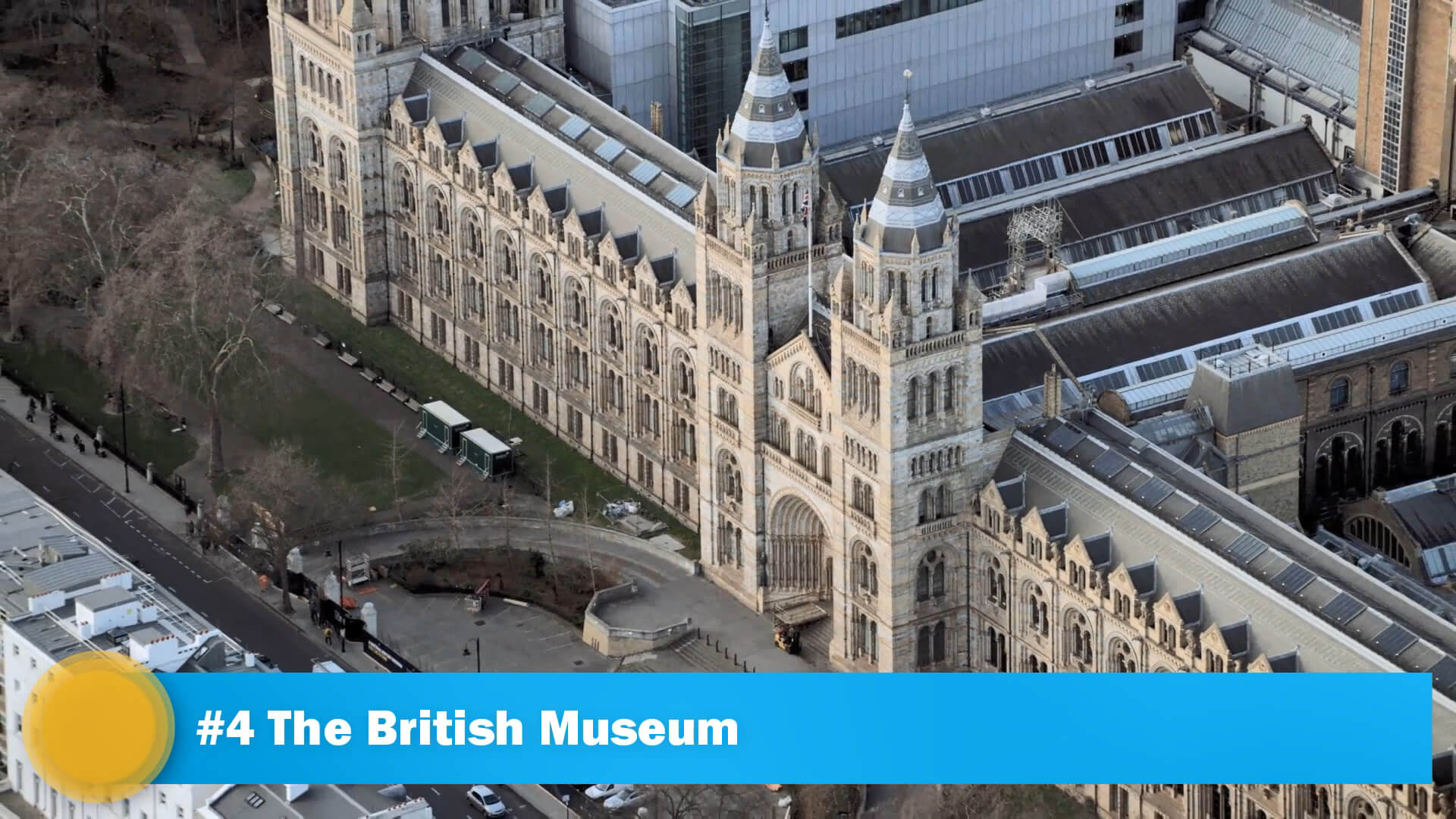
The British Museum was founded in 1753
The British Museum is a public institution dedicated to human history, art and culture located in the Bloomsbury area of London, England. Its permanent collection of some eight million works is among the largest and most comprehensive in existence, having been widely collected during the era of the British Empire. It documents the story of human culture from its beginnings to the present. It was the first public national museum in the world.The Museum was established in 1753, largely based on the collections of the Anglo-Irish physician and scientist Sir Hans Sloane. It first opened to the public in 1759, in Montagu House, on the site of the current building. Its expansion over the following 250 years was largely a result of expanding British colonisation and has resulted in the creation of several branch institutions, the first being the Natural History Museum in 1881.
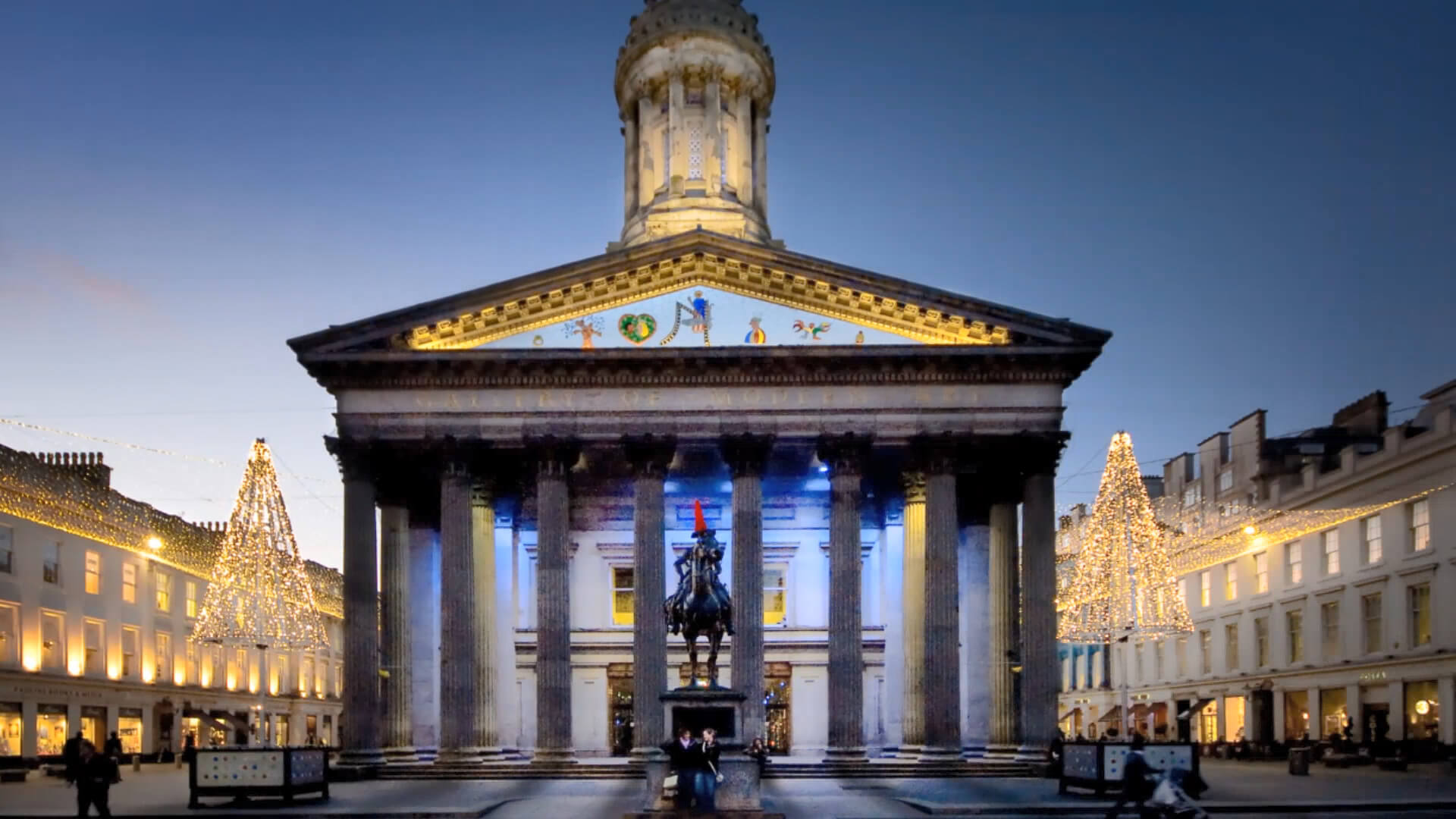
The British Museum was founded in 1753
- Address: Great Russell St, London WC1B 3DG, United Kingdom
- Opening Hours: 10AM–5PM
- Phone: +44 20 7323 8299
- Founded: 1753
- Architects: Robert Smirke, John Russell Pope, Spencer de Grey, Sydney Smirke, John James Burnet, John Taylor
- Architectural style: Greek Revival architecture
- Director: Hartwig Fischer
- Architecture firms: Foster + Partners, Buro Happold, Rogers Stirk Harbour + Partners
#5 Big Ben and Parliament
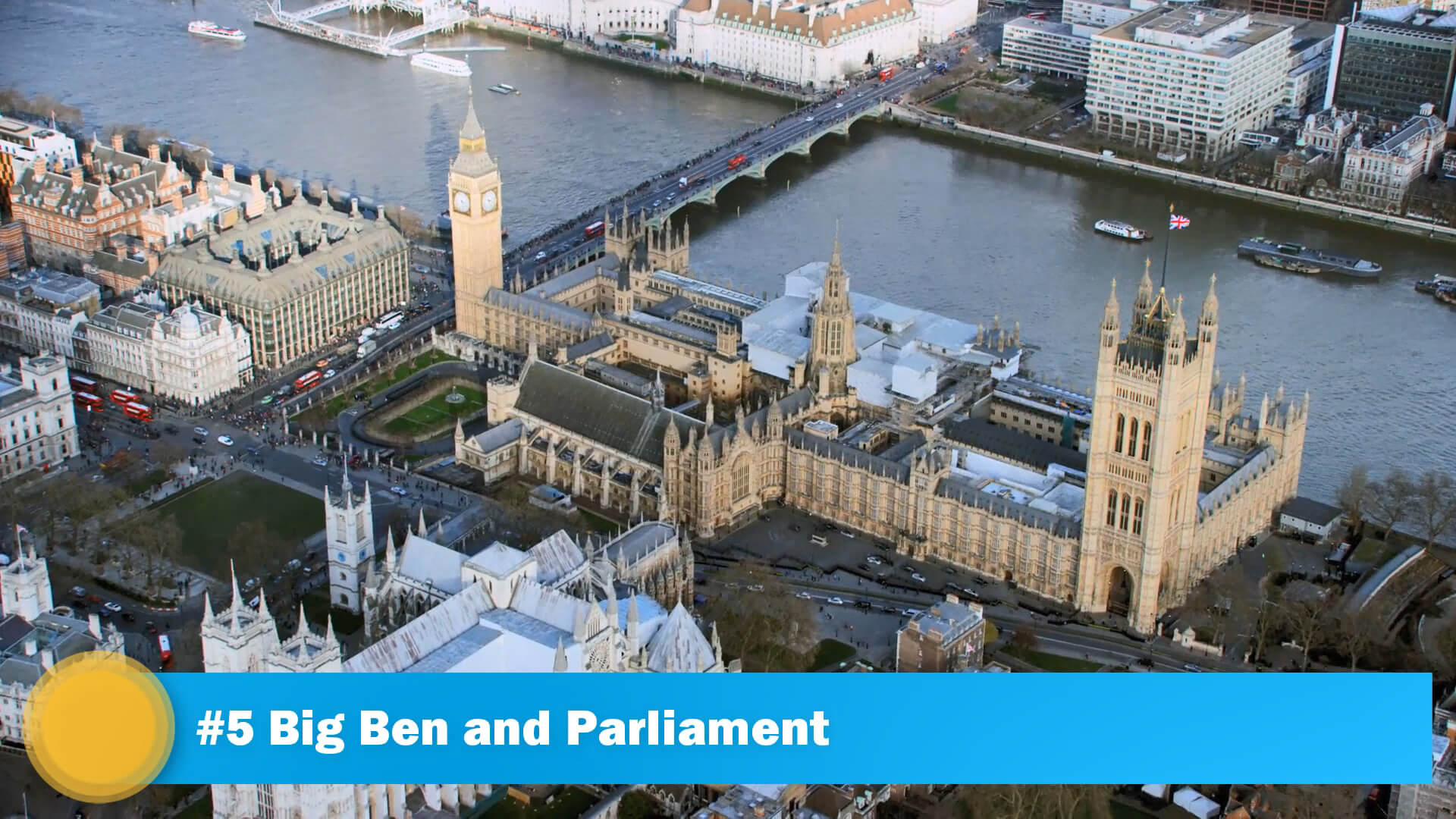
Big Ben and Parliament was opened in 1859
Big Ben is the nickname for the Great Bell of the striking clock at the north end of the Palace of Westminster, although the name is frequently extended to also refer to the clock and the clock tower. The official name of the tower in which Big Ben is located was originally the Clock Tower, but it was renamed Elizabeth Tower in 2012, to mark the Diamond Jubilee of Elizabeth II, Queen of the United Kingdom.The tower was designed by Augustus Pugin in a neo-Gothic style. When completed in 1859, its clock was the largest and most accurate four-faced striking and chiming clock in the world. The tower stands 316 feet (96 m) tall, and the climb from ground level to the belfry is 334 steps. Its base is square, measuring 40 feet (12 m) on each side. Dials of the clock are 22.5 feet (6.9 m) in diameter. All four nations of the UK are represented on the tower in shields featuring a rose for England, thistle for Scotland, shamrock for Northern Ireland, and leek for Wales. On 31 May 2009, celebrations were held to mark the tower's 150th anniversary
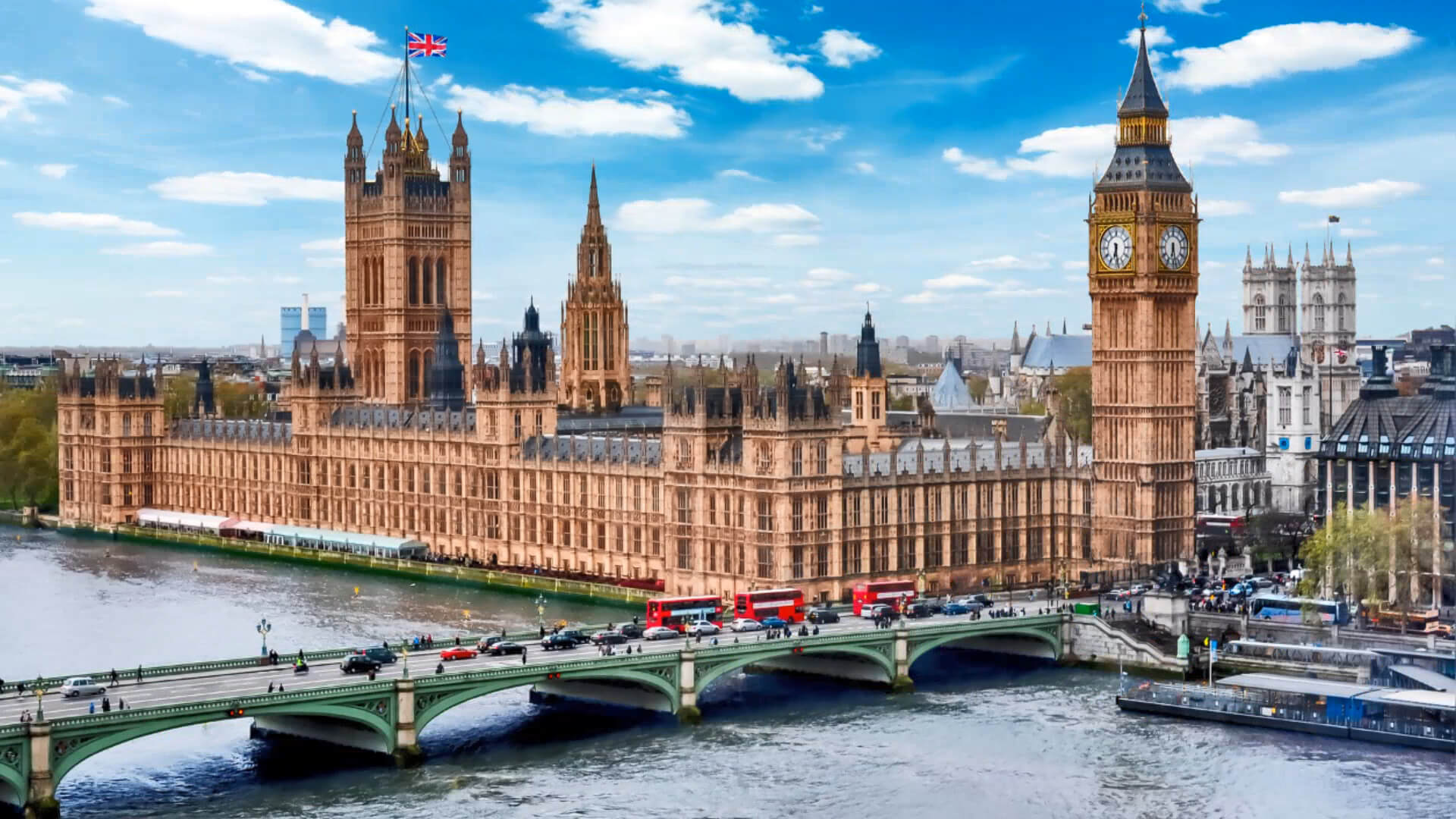
- Located in: Palace of Westminster
- Address: London SW1A 0AA, United Kingdom
- Opening Hours:
- Phone: +44 20 7219 4272
- Height: 96 m
- Construction started: September 28, 1843
- Architects: Augustus Pugin, Charles Barry
- Opened: May 31, 1859
- Architectural style: Gothic Revival architecture
- Floors: 11
#6 Churchill War Room
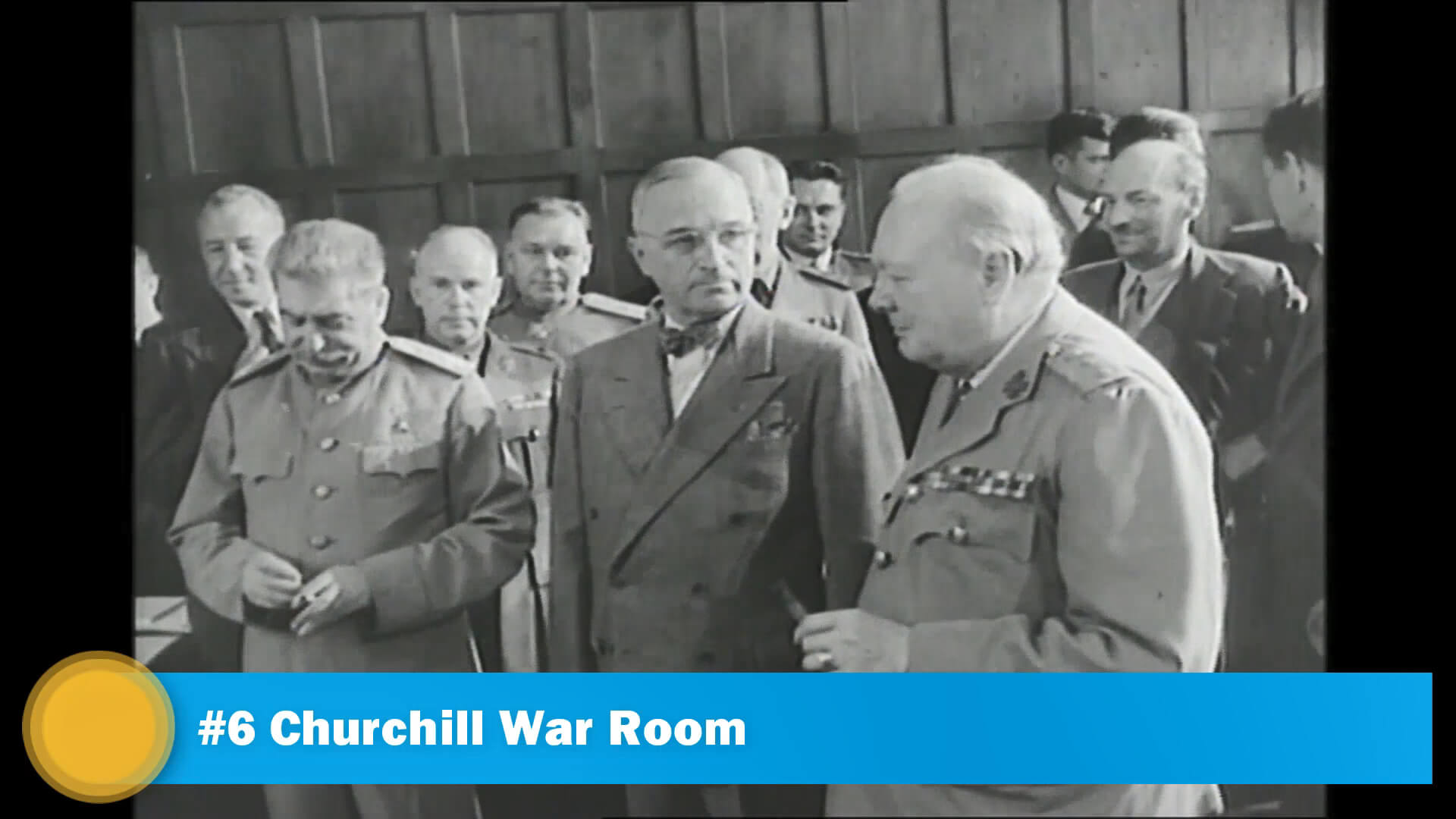
Churchill War Room was established in 1984
The Churchill War Rooms is a museum in London and one of the five branches of the Imperial War Museum. The museum comprises the Cabinet War Rooms, a historic underground complex that housed a British government command centre throughout the Second World War, and the Churchill Museum, a biographical museum exploring the life of British statesman Winston Churchill.Construction of the Cabinet War Rooms, located beneath the Treasury building in the Whitehall area of Westminster, began in 1938. They became fully operational on 27 August 1939, a week before Britain declared war on Germany. The War Rooms remained in operation throughout the Second World War, before being abandoned in August 1945 after the surrender of Japan.
After the war, the historic value of the Cabinet War Rooms was recognised. Their preservation became the responsibility of the Ministry of Works and later the Department for the Environment, during which time very limited numbers of the public were able to visit by appointment. In the early 1980s the Imperial War Museum was asked to take over the administration of the site, and the Cabinet War Rooms were opened to the public in April 1984. The museum was reopened in 2005 following a major redevelopment as the Churchill Museum and Cabinet War Rooms, but in 2010 this title was shortened to the Churchill War Rooms.
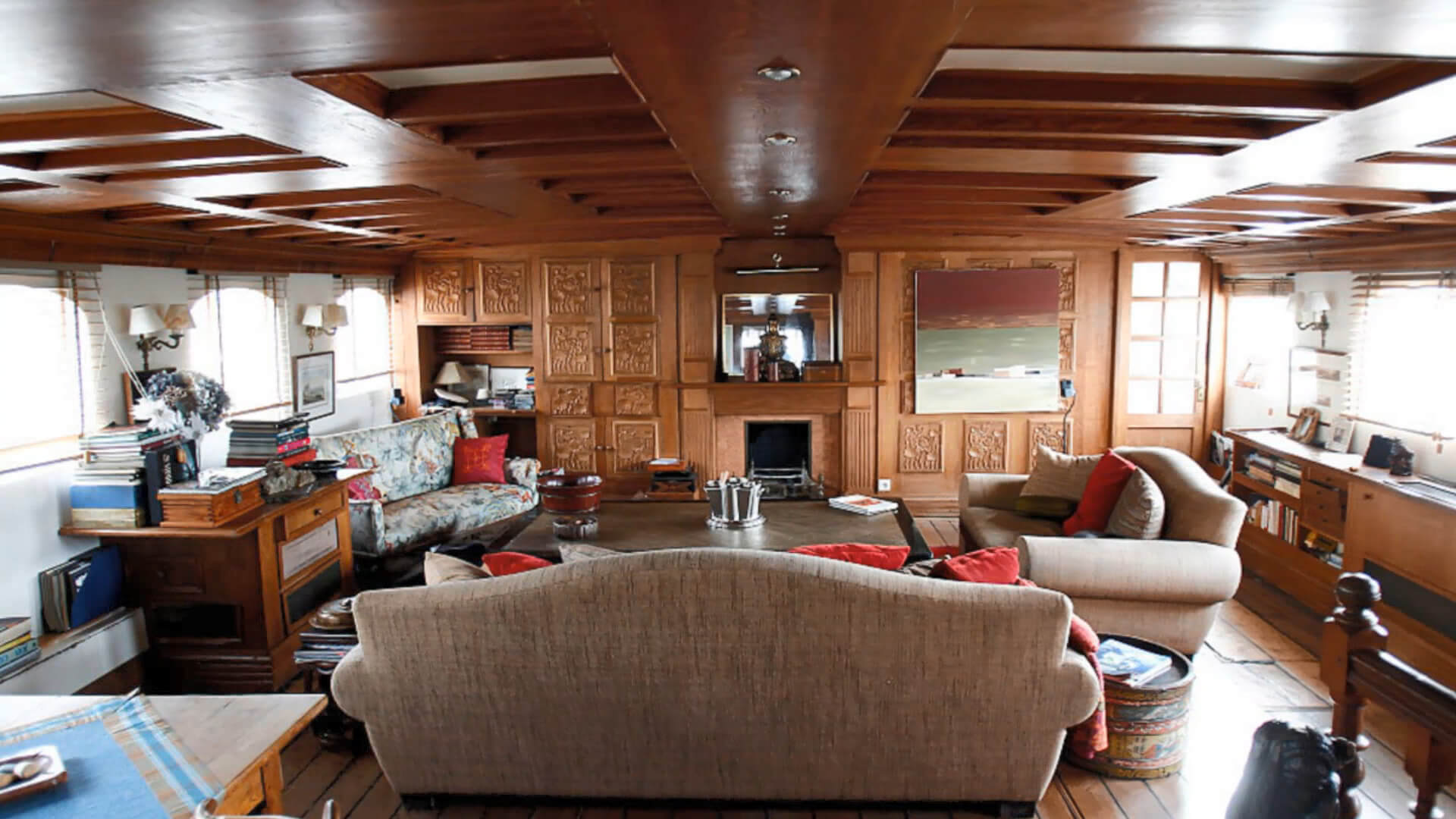
Churchill War Room was established in 1984
- Address: Clive Steps, King Charles St, London SW1A 2AQ, United Kingdom
- Opening Hours: 9:30AM–6PM
- Phone: +44 20 7416 5000
#7 Westminster Abbey
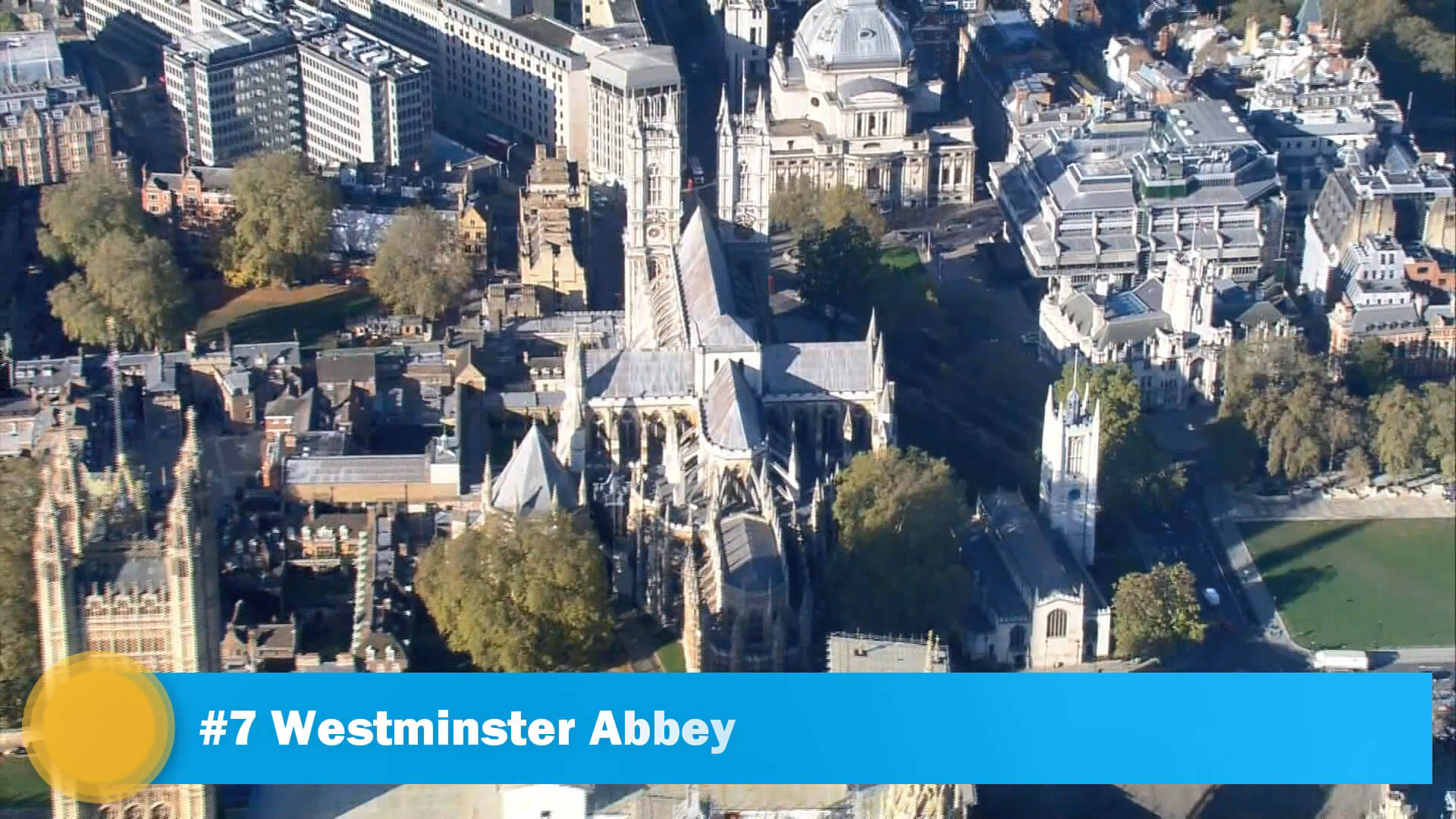
Westminster Abbey was opened in 1090
Westminster Abbey, formally titled the Collegiate Church of Saint Peter at Westminster, is a large, mainly Gothic abbey church in the City of Westminster, London, England, just to the west of the Palace of Westminster. It is one of the United Kingdom's most notable religious buildings and the traditional place of coronation and a burial site for English and, later, British monarchs.The building itself was a Benedictine monastic church until the monastery was dissolved in 1539. Between 1540 and 1556, the abbey had the status of a cathedral. Since 1560, the building is no longer an abbey or a cathedral, having instead the status of a Church of England "Royal Peculiar"—a church responsible directly to the sovereign.
According to a tradition first reported by Sulcard in about 1080, a church was founded at the site (then known as Thorn Ey (Thorn Island)) in the seventh century at the time of Mellitus, a Bishop of London. Construction of the present church began in 1245 on the orders of King Henry III.
Since the coronation of William the Conqueror in 1066, all coronations of English and British monarchs have occurred in Westminster Abbey. Sixteen royal weddings have occurred at the Abbey since 1100.
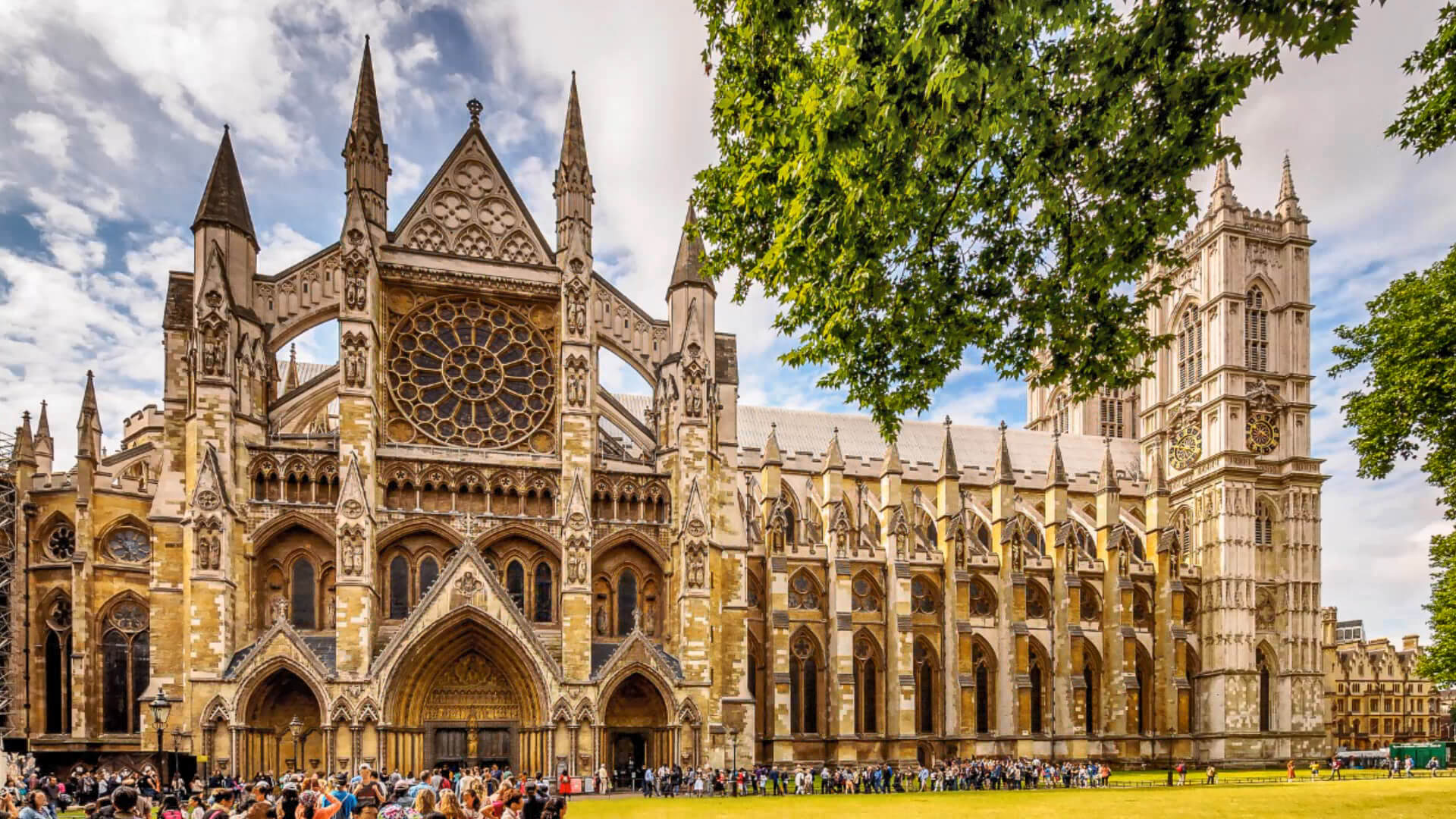
Westminster Abbey was opened in 1090
- Located in: Westminster Abbey Precincts - Dean's Yard
- Address: 20 Deans Yd, London SW1P 3PA, United Kingdom
- Phone: +44 20 7222 5152
- Burials: Elizabeth I of England, Isaac Newton
- Architects: Ptolemy Dean, George Gilbert Scott
- Architectural style: Gothic architecture
- Opened: 1090
- Height: 69 m
- Dean: David Hoyle
#8 The Victoria and Albert Museum
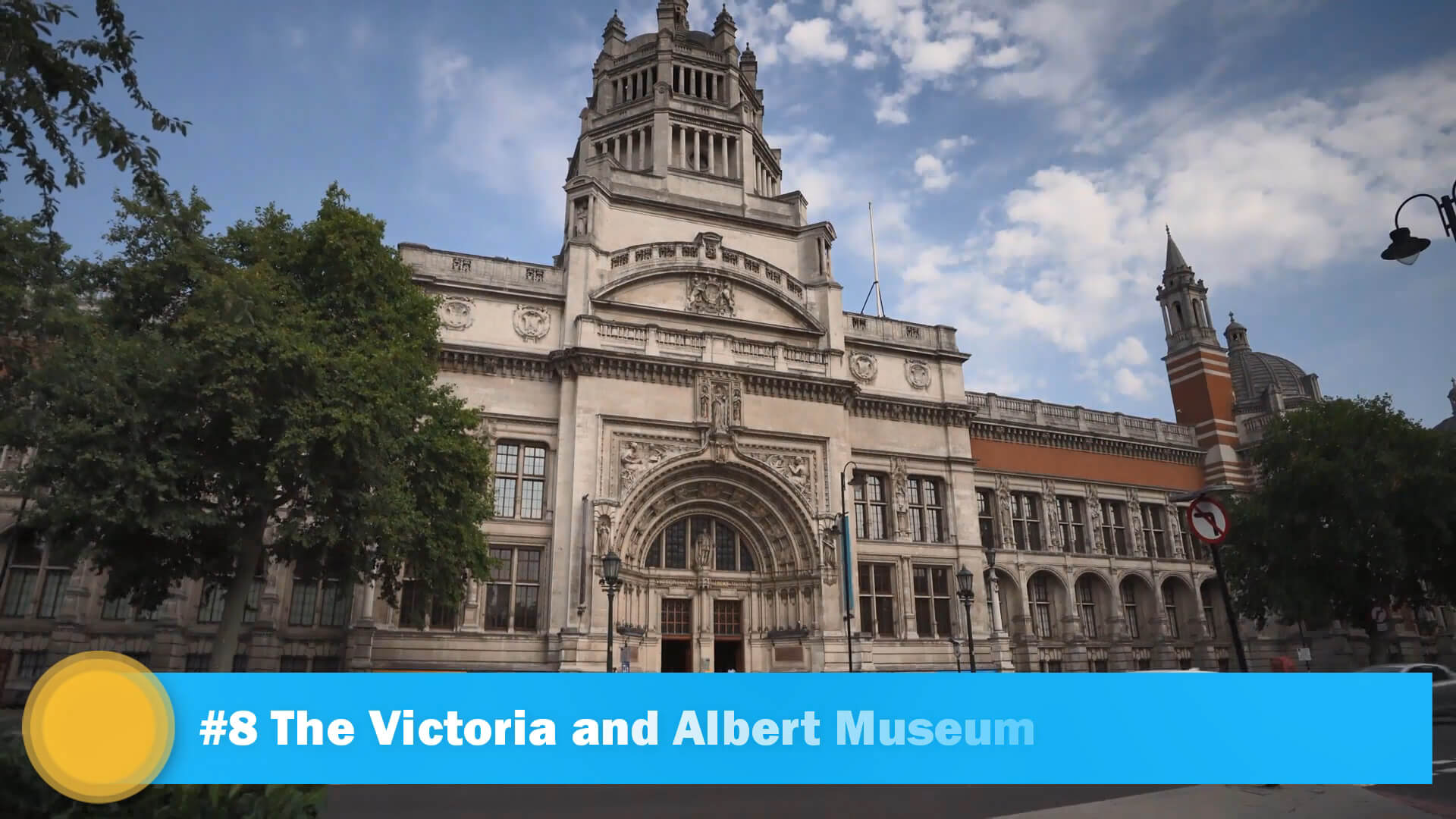
The Victoria and Albert Museum was founded in 1852
The Victoria and Albert Museum in London is the world's largest museum of applied arts, decorative arts, and design, housing a permanent collection of over 2.27 million objects. It was founded in 1852 and named after Queen Victoria and Prince Albert.The V&A is located in the Royal Borough of Kensington and Chelsea, in an area known as "Albertopolis" because of its association with Prince Albert, the Albert Memorial and the major cultural institutions with which he was associated. These include the Natural History Museum, the Science Museum, the Royal Albert Hall and Imperial College London. The museum is a non-departmental public body sponsored by the Department for Digital, Culture, Media and Sport. As with other national British museums, entrance is free.
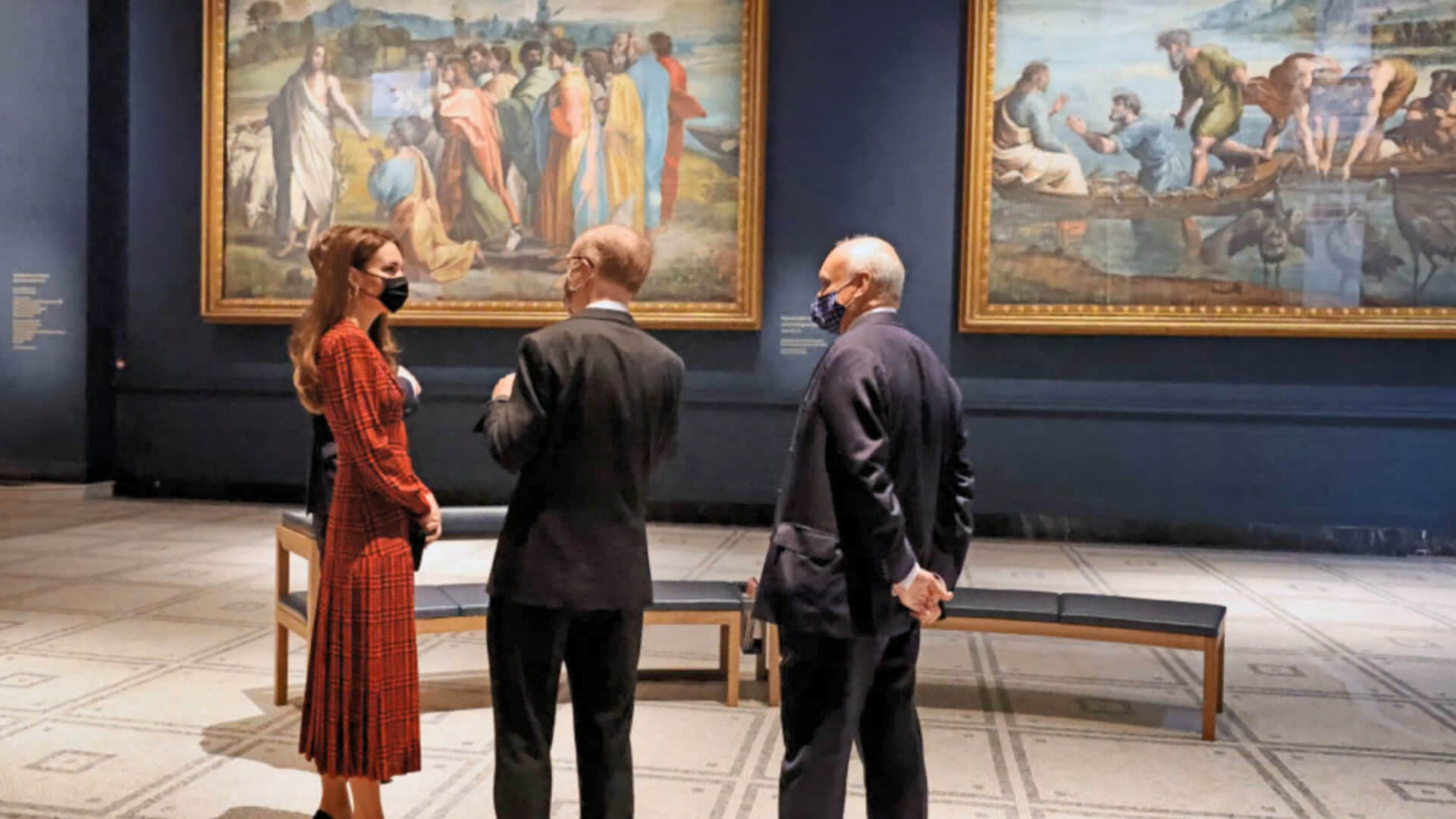
- Address: Cromwell Rd, London SW7 2RL, United Kingdom
- Departments: National Art Library
- Opening Hours: 10AM–5:45PM
- Phone: +44 20 7942 2000
- Visitors: 3,992,198 (2019); Ranked 6th nationally (2019)
- Director: Tristram Hunt
- Founder: Henry Cole
- Founded: 1852
- Subsidiaries: V&A Museum of Childhood, V&A Enterprises Limited
#9 Piccadilly Circus and Trafalgar Square
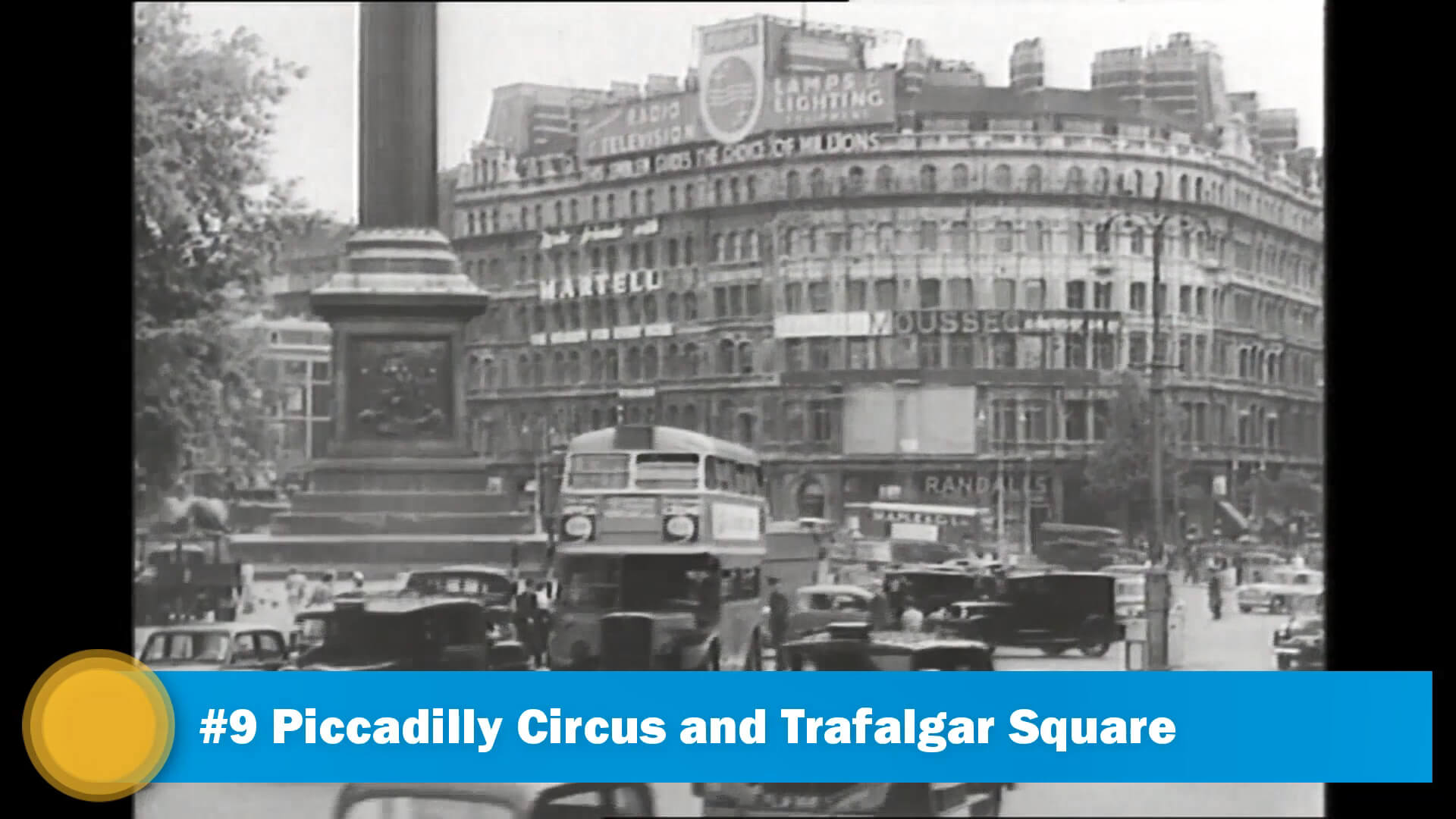
Piccadilly Circus was built in 1819
Trafalgar Square is a public square in the City of Westminster, Central London, established in the early 19th century around the area formerly known as Charing Cross. The Square's name commemorates the Battle of Trafalgar, the British naval victory in the Napoleonic Wars over France and Spain that took place on 21 October 1805 off the coast of Cape Trafalgar.The site around Trafalgar Square had been a significant landmark since the 1200s. For centuries, distances measured from Charing Cross have served as location markers. The site of the present square formerly contained the elaborately designed, enclosed courtyard, King's Mews. After George IV moved the mews to Buckingham Palace, the area was redeveloped by John Nash, but progress was slow after his death, and the square did not open until 1844. The 169-foot (52 m) Nelson's Column at its centre is guarded by four lion statues. A number of commemorative statues and sculptures occupy the square, but the Fourth Plinth, left empty since 1840, has been host to contemporary art since 1999. Prominent buildings facing the square include the National Gallery, St Martin-in-the-Fields, Canada House, and South Africa House.
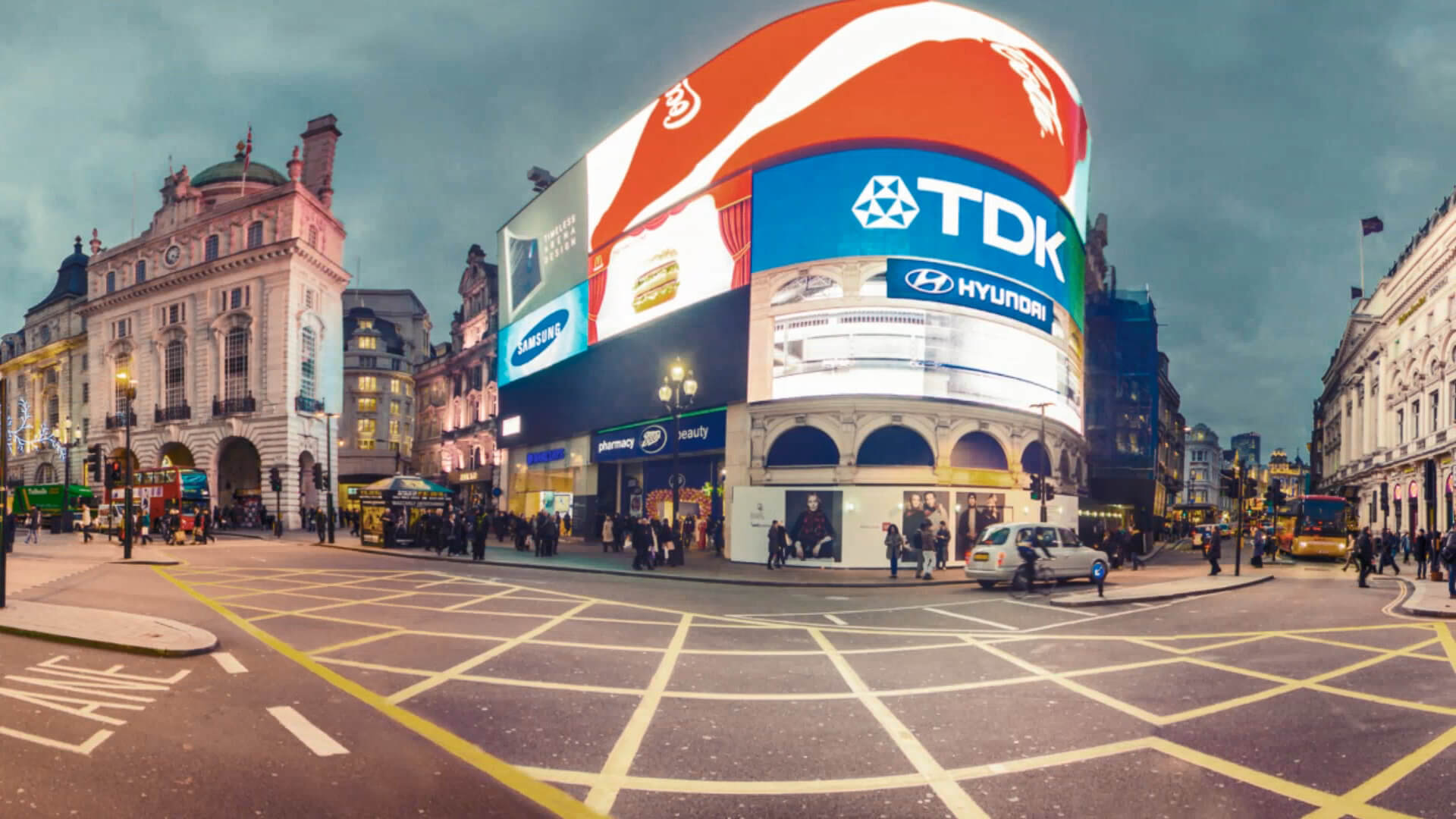
Piccadilly Circus was built in 1819
- Address: Trafalgar Square, London WC2N 5DN, United Kingdom
- Opening Hours:
- Phone: +44 20 7983 4750
- Former name: Charing Cross
- Designer: Sir Charles Barry
- West: The Mall
- Souths: Northumberland Avenue, Whitehall
- North: Charing Cross Road
#10 St. Paul's Cathedral
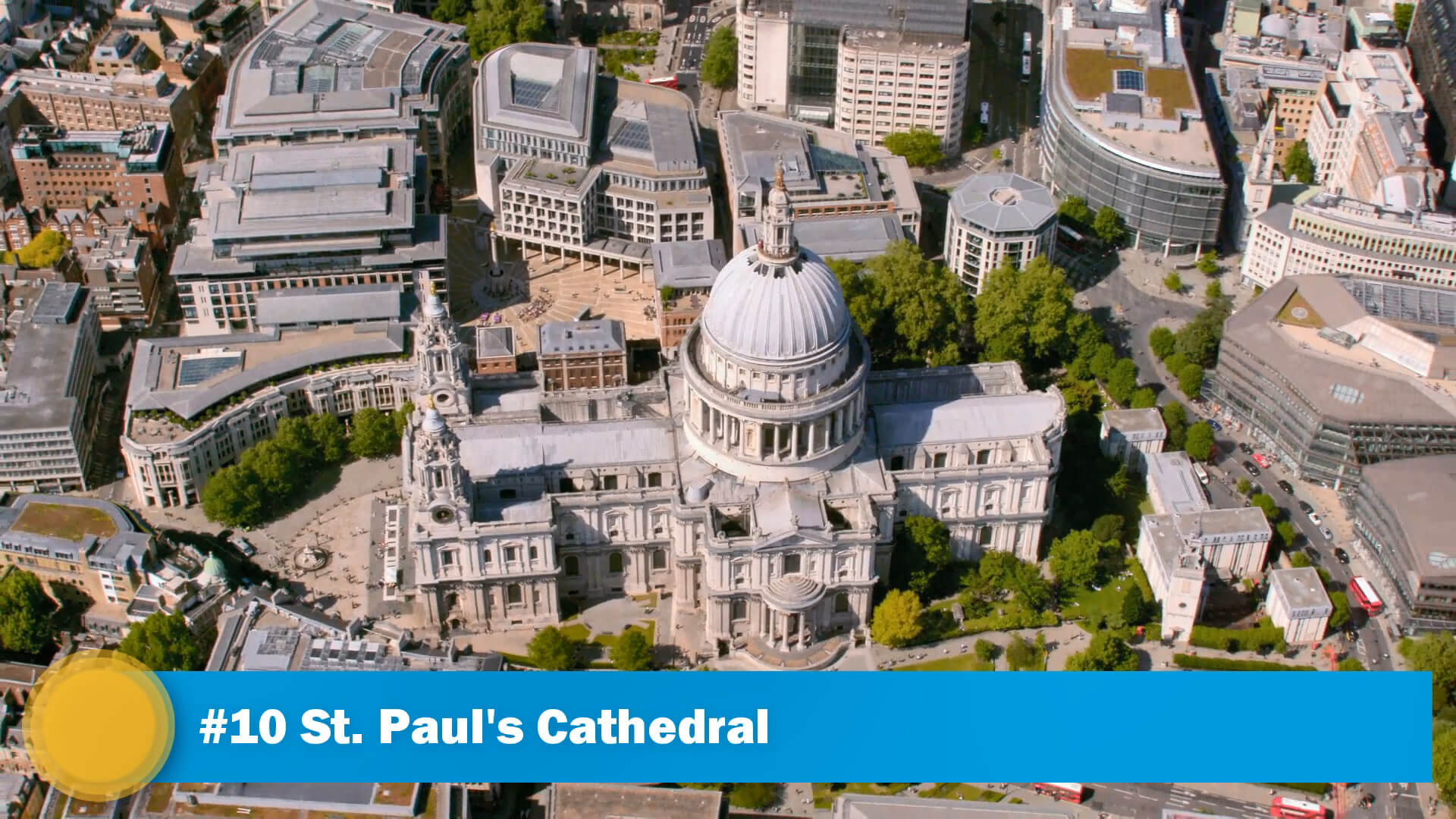
St. Paul's Cathedral was founded in 1675
St Paul's Cathedral is an Anglican cathedral in London. As the seat of the Bishop of London, the cathedral serves as the mother church of the Diocese of London. It sits on Ludgate Hill at the highest point of the City of London and is a Grade I listed building. Its dedication to Paul the Apostle dates back to the original church on this site, founded in AD 604. The present structure, dating from the late 17th century, was designed in the English Baroque style by Sir Christopher Wren. Its construction, completed in Wren's lifetime, was part of a major rebuilding programme in the City after the Great Fire of London. The earlier Gothic cathedral (Old St Paul's Cathedral), largely destroyed in the Great Fire, was a central focus for medieval and early modern London, including Paul's walk and St Paul's Churchyard being the site of St Paul's Cross.The cathedral is one of the most famous and most recognisable sights of London. Its dome, framed by the spires of Wren's City churches, has dominated the skyline for over 300 years. At 365 feet (111 m) high, it was the tallest building in London from 1710 to 1963. The dome remains among the highest in the world. St Paul's is the second-largest church building in area in the United Kingdom after Liverpool Cathedral.
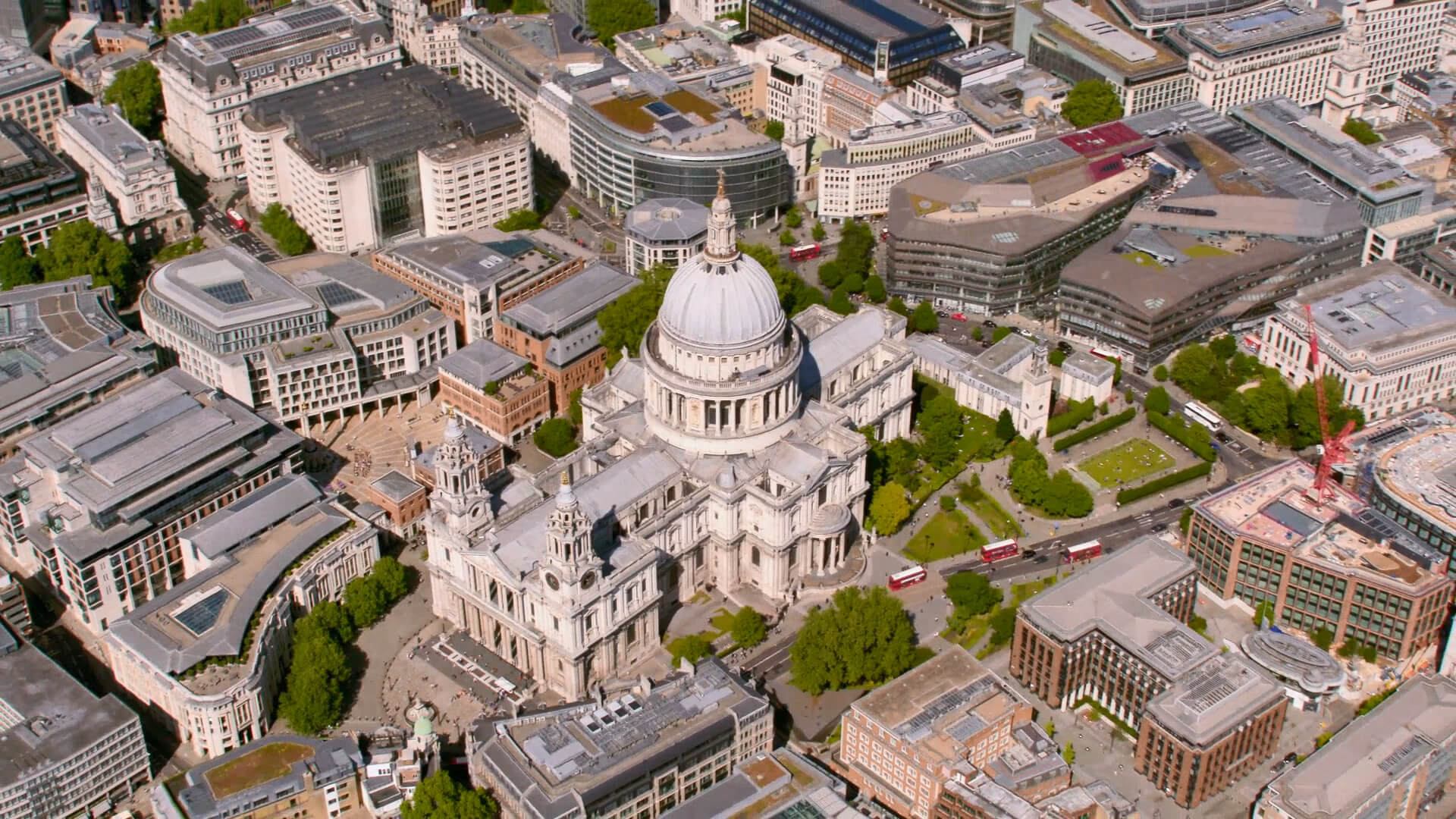
St. Paul's Cathedral was founded in 1675
- Address: St. Paul's Churchyard, London EC4M 8AD, United Kingdom
- Opening Hours:
- Phone: +44 20 7246 8350
- Architects: Christopher Wren, Nicholas Hawksmoor, Robert Hooke
- Construction started: June 1675
- Founded: 1675
- Architectural styles: English Baroque, Renaissance architecture
- Height: 111 m CTBUH
- Dean: David Ison
#11 Hyde Park
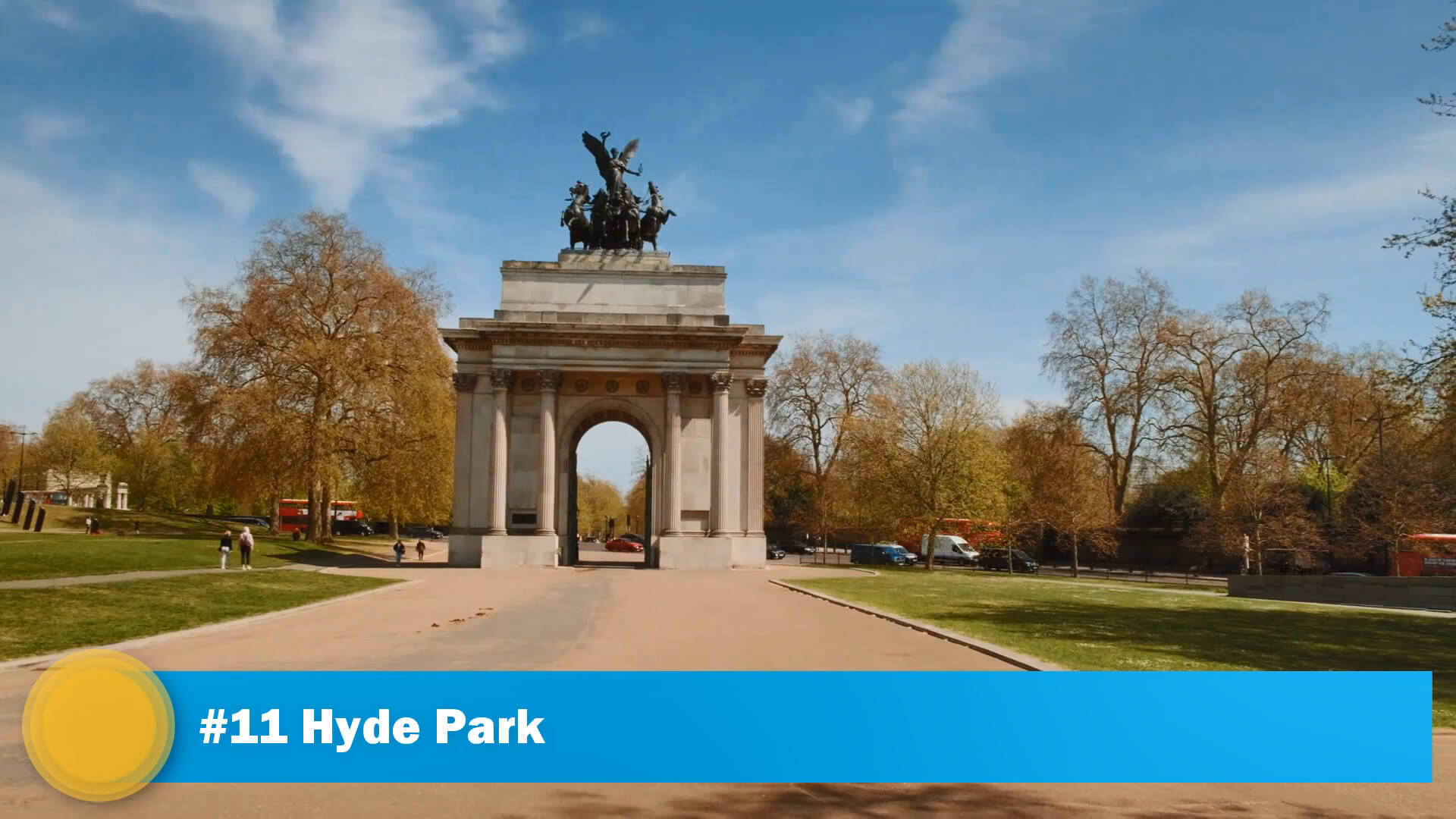
Hyde Park was created in 1637
Hyde Park is a Grade I-listed major park in Central London. It is the largest of four Royal Parks that form a chain from the entrance of Kensington Palace through Kensington Gardens and Hyde Park, via Hyde Park Corner and Green Park past the main entrance to Buckingham Palace. The park is divided by the Serpentine and the Long Water lakes.The park was established by Henry VIII in 1536 when he took the land from Westminster Abbey and used it as a hunting ground. It opened to the public in 1637 and quickly became popular, particularly for May Day parades. Major improvements occurred in the early 18th century under the direction of Queen Caroline. Several duels took place in Hyde Park during this time, often involving members of the nobility. The Great Exhibition of 1851 was held in the park, for which The Crystal Palace, designed by Joseph Paxton, was erected.
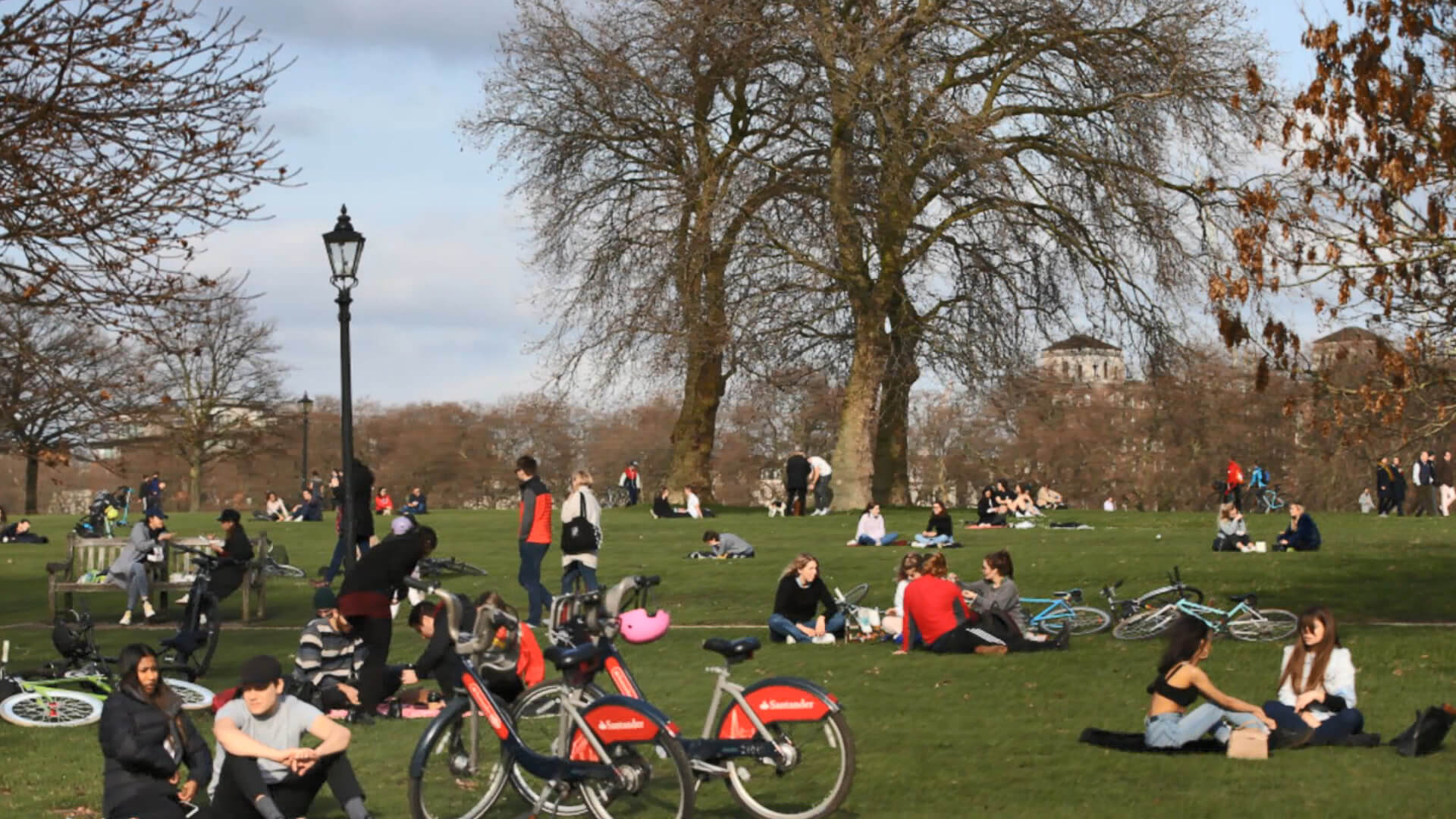
Hyde Park was created in 1637
- Address: London, United Kingdom
- Opening Hours:
- Phone: +44 300 061 2000
- Area: 142 ha
- Established: 1637
- Status: Open year round
- Management: Regent's Park Office
#12 Natural History Museum

Natural History Museum was established in 1881
A natural history museum or museum of natural history is a scientific institution with natural history collections that include current and historical records of animals, plants, fungi, ecosystems, geology, paleontology, climatology, and more.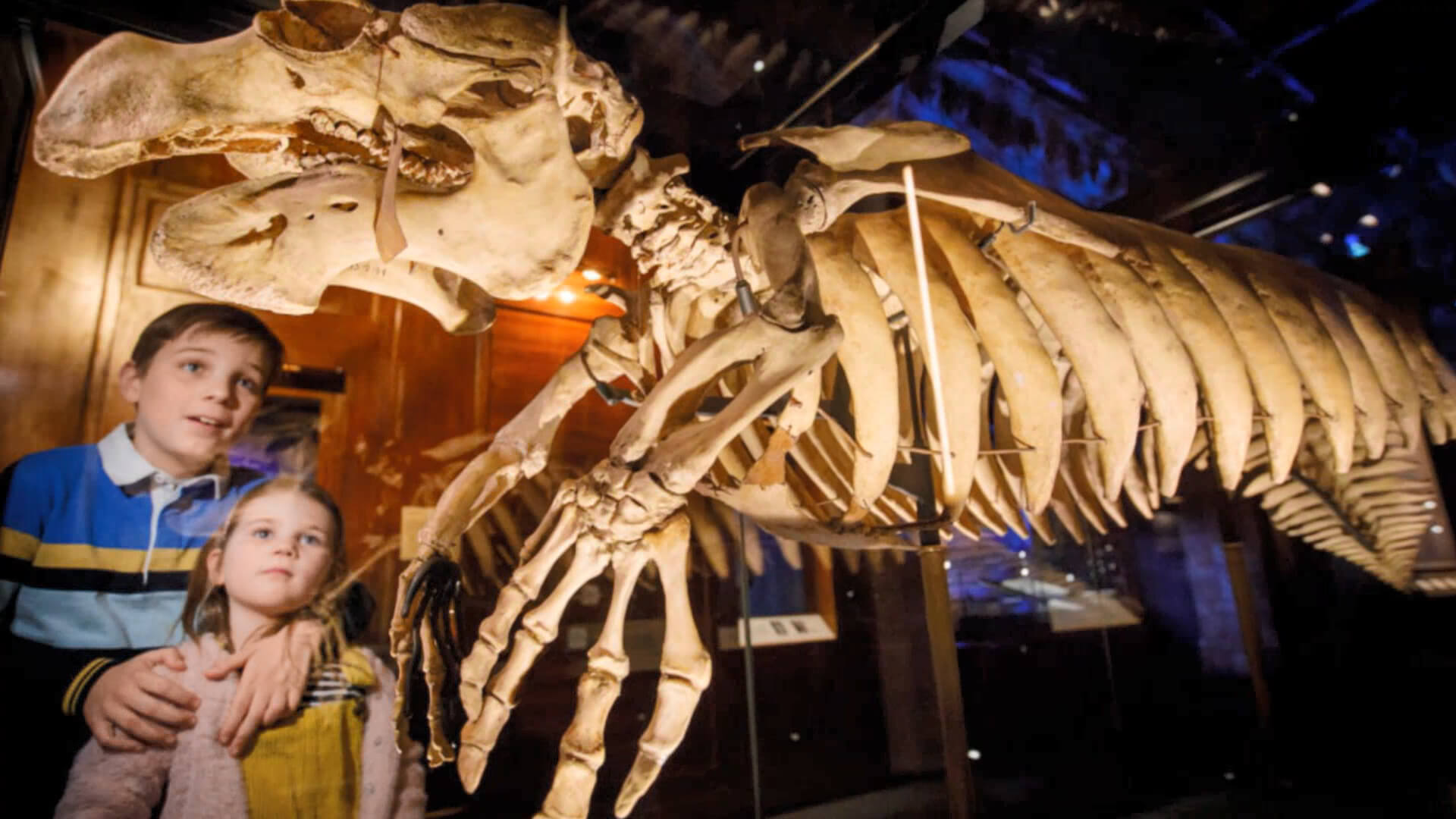
#13 Covent Garden
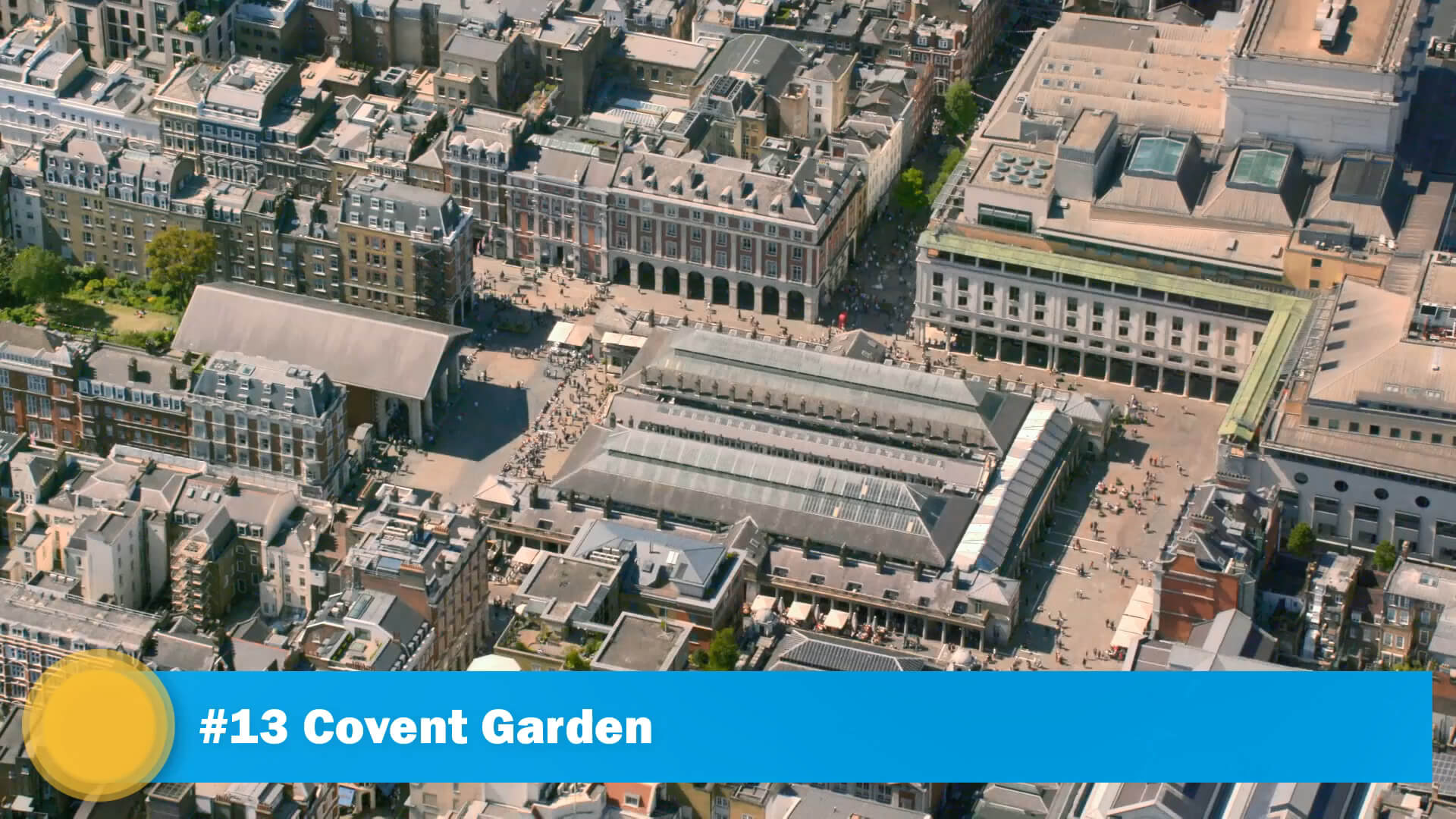
Covent Garden is a district in London
A shopping and entertainment hub in London's West End, Covent Garden centres on the elegant, car-free Piazza, home to fashion stores, craft stalls at the Apple Market, and the Royal Opera House. Street entertainers perform by 17th-century St. Paul's Church, and the London Transport Museum houses vintage vehicles. Upscale restaurants serve European cuisines, and nearby theatres draw crowds for plays and musicals.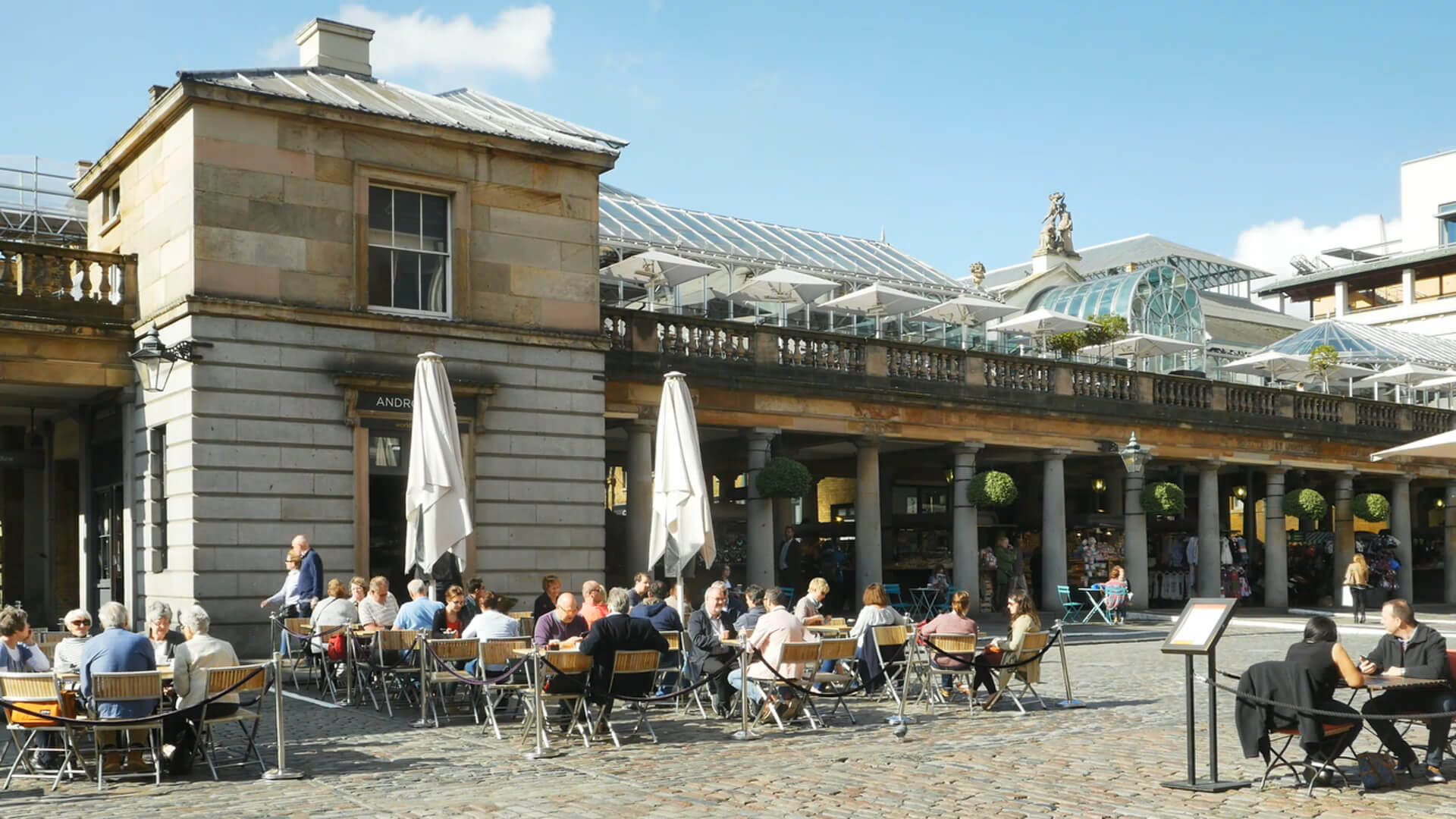
Covent Garden is a district in London
- Postcode district: WC2
- Fire: London
- Police: Metropolitan
- Sovereign state: United Kingdom
- London boroughs: London Borough of Camden, City of Westminster
- UK parliament constituencies: Cities of London and Westminster, Holborn and St Pancras
#14 Greenwich and Docklands
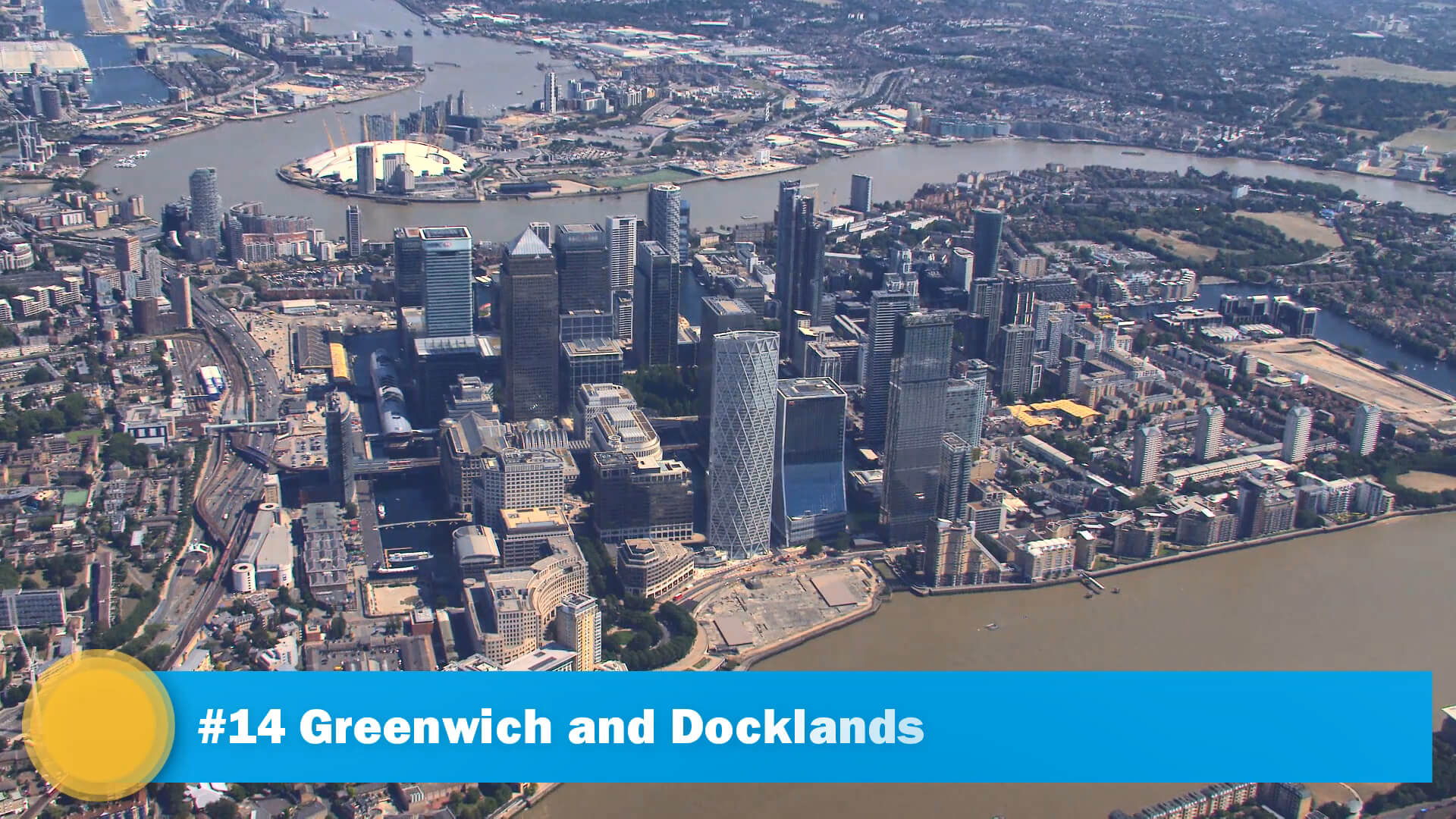
Greenwich and Docklands International Festival was founded in 1996
The Greenwich+Docklands International Festival (GDIF) is a free annual outdoor performing arts festival, which takes place across East (Tower Hamlets) and South East London (Greenwich) every June. GDIF was founded by its Artistic Director Bradley Hemmings as an independent festival in 1996 and is produced by the charitable organisation Greenwich+Docklands Festivals (GDF). The festival organises over 200 performances during 10 days, which are attended by over 80,000 people each year.
#15 Hampton Court Palace
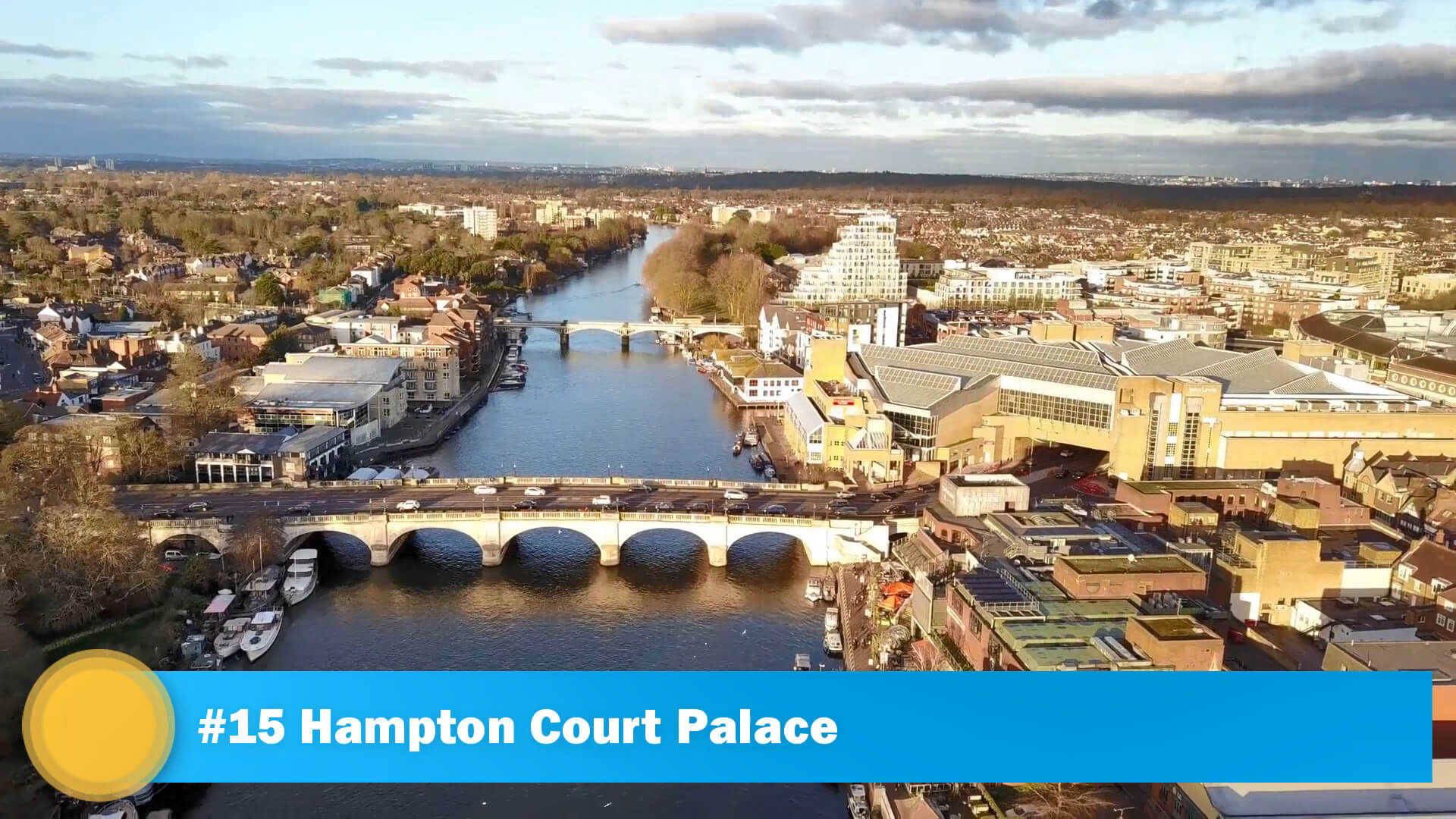
Hampton Court Palace was opened in 1514
Hampton Court Palace is a Grade I listed royal palace in the London Borough of Richmond upon Thames, 12 miles south west and upstream of central London on the River Thames. Building of the palace began in 1514 for Cardinal Thomas Wolsey, the chief minister of King Henry VIII.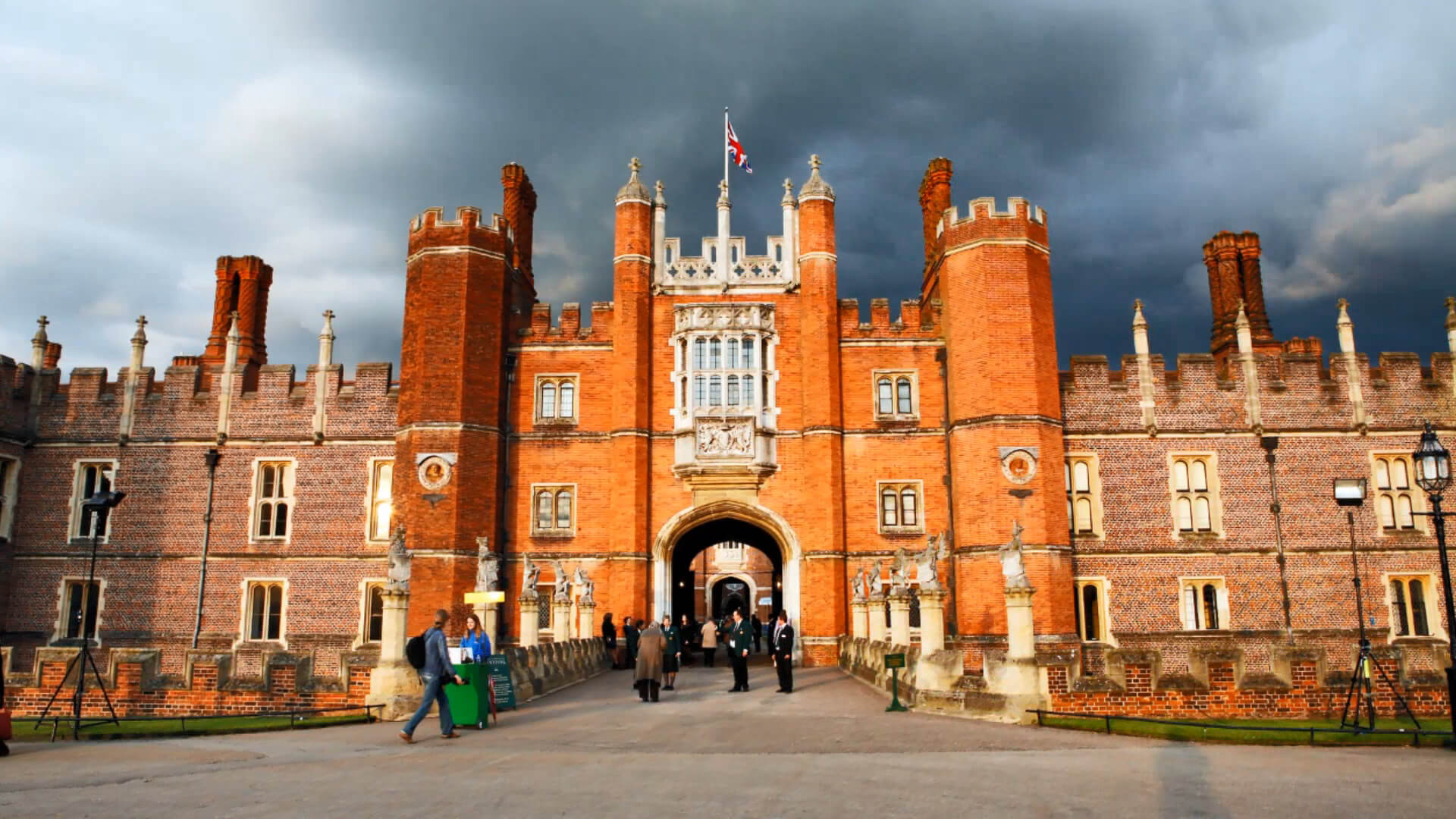
- Address: Hampton Ct Way, Molesey, East Molesey KT8 9AU, United Kingdom
- Opening Hours:
- Phone: +44 20 3166 6000
- Owner: Queen Elizabeth II in right of the Crown
- Opened: 1514
- Architectural style: Baroque
- Current tenant: Historic Royal Palaces
- Designated as world heritage site: September 2, 1952
- Head of Performance Marketing
- Head of SEO
- Linkedin Profile: linkedin.com/in/arifcagrici
Addresse: Hakarinne 2 Espoo, Uusimaa - Finland 02210
Web: istanbul-city-guide.com
Email: [email protected]
Phone: +358 44 934 9129
Web: istanbul-city-guide.com
Email: [email protected]
Phone: +358 44 934 9129
Copyright istanbul-city-guide.com - 2004 - 2025. All rights reserved. Privacy Policy | Disclaimer
